Silence, Power, and Zero Cable Mess
Review Summary
The Lian Li Hydroshift II LCD-C 360TL is an impressive premium liquid cooler that delivers top-tier cooling performance, particularly in noise-normalized conditions, where it outperforms most of the competition. It stands out with its slim radiator for better case compatibility, customizable and vibrant circular LCD display, and wireless control options that reduce cable clutter. The build quality is solid, installation is user-friendly, and the fans are both quiet and powerful. However, to fully use its features, you still need the L-Connect software and some traditional cabling, and its high price might not suit everyone.
Hours Tested: 8
Overall
-
Cooling - 9.5/10
9.5/10
-
Noise - 8.5/10
8.5/10
-
Build Quality - 9.5/10
9.5/10
-
Value - 7/10
7/10
Pros
- Excellent Cooling Performance,
- Pre Installed Uni-Fan TL Wireless Fans
- Solid Build Quality
- Customization on LCD is Amazing
- Six-Year Warranty
- Mounting Mechanism
- Hidden Cable Design
Cons
- Complexity in Wireless Modes
- Software Required For Full Control
- Loud at Max RPM
- Too Expensive
Lian-Li is now viewed as one of the top-tier brands in the PC industry, recognized for its innovative designs. It’s not a boring company that makes the same product and relaunches it with minimal design changes. You will always see them trying something new. This brand caters to PC enthusiasts, professionals, and creators who cherish aesthetics, build quality, and performance. Lian-Li is setting the standard for their products, whether it is a case, fan, or cooler. We previously reviewed the Lian-Li O11D Mini V2 and were impressed by its quality and modularity.
We’re taking a look their one of their brand new liquid-cooler, Lian Li Hydroshift II LCD-C 360TL, the refined successor of the previous Hydroshift Series. They have made a few changes, starting with further enhanced display control options, a slimmer and more compatible radiator, a rotatable circular LCD ring, and much more we will discuss later in the article.
Let’s start with the specifications
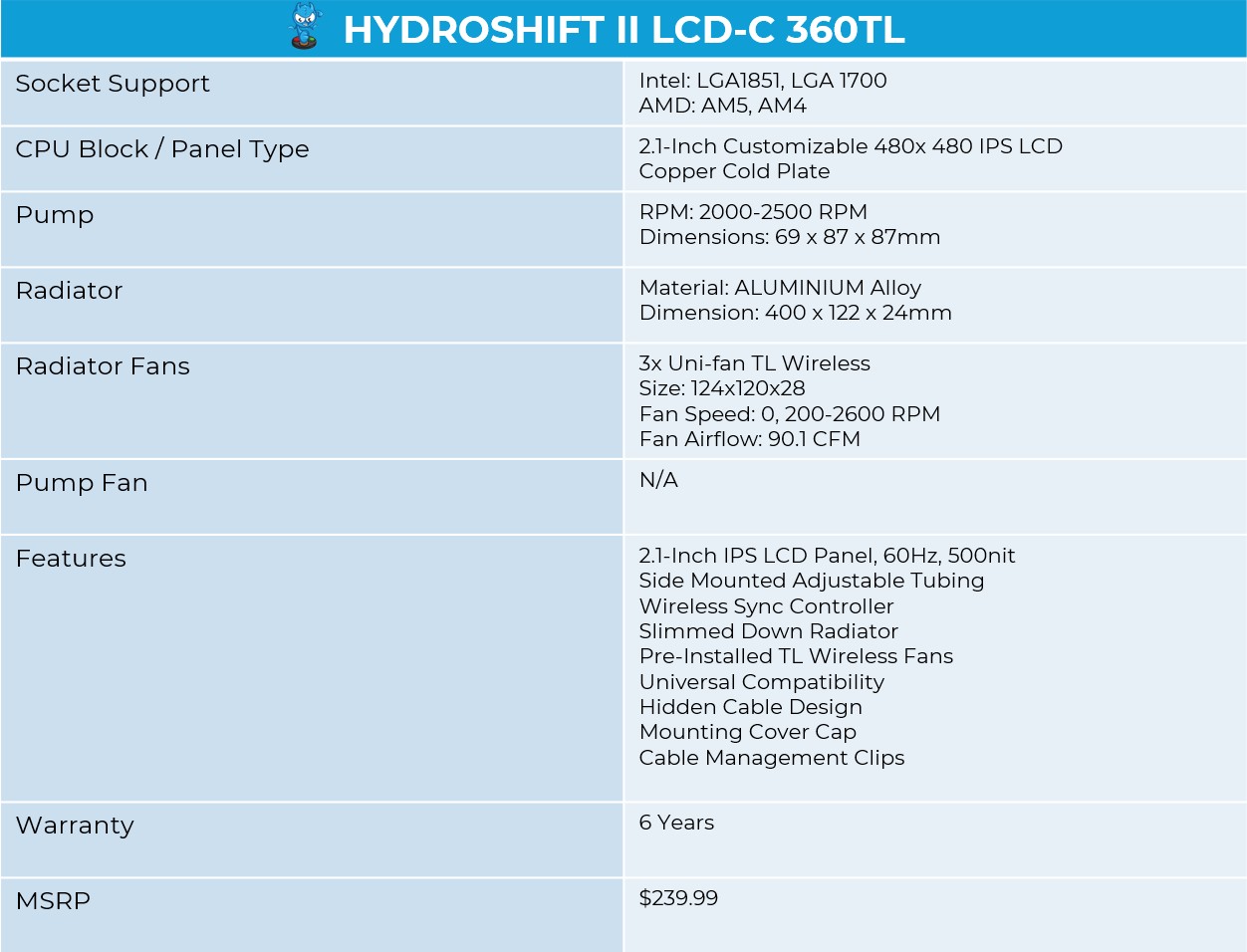
What Makes The Lian Li Hydroshift II LCD-C 360TL Different?
Lian Li has made some new changes to their Hydroshift Series. Firstly, the radiator has been slimmed down to 24mm in thickness to offer improved case compatibility. The LCD has now transitioned to a round design, offering three connectivity modes: Offline, Wireless, and USB.
The tube management has also been improved with a sliding clamp that allows for adjustable tube placement. There are three different variants to choose from: the 360TL, which is the one we are using and comes with the Uni-Fan TL Wireless, the 360CL, which includes Uni-Fan CL Wireless for quieter operations, and the fanless version, called 360N.
Packaging
The Lian Li Hydroshift II LCD-C 360TL comes in sturdy cardboard packaging. The box features the blue and black colour scheme. On the front of the box, a render of the cooler is also visible. The front also mentions that a “L Wireless Controller” is included, as well as socket support for Intel and AMD platforms, and a 6-year warranty.
The back features the detailed specifications about the cooler in different languages and the accessories that are included.
Speaking of sides now, one side of the box highlights the pump’s features, while the other side talks about the tube design of this cooler.
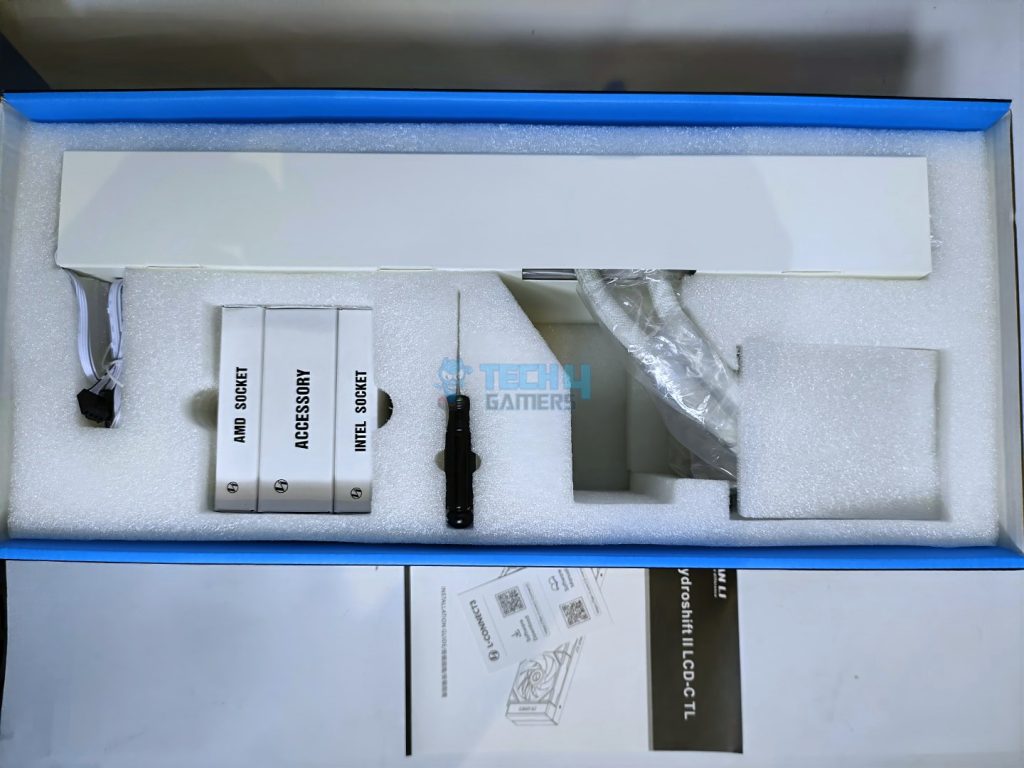
Upon opening, the box reveals the contents in moulded foam inserts, which feel very high quality and durable. The packaging couldn’t have been better, full marks to Lian Li here.
Accessories
Let’s take a look at accessories
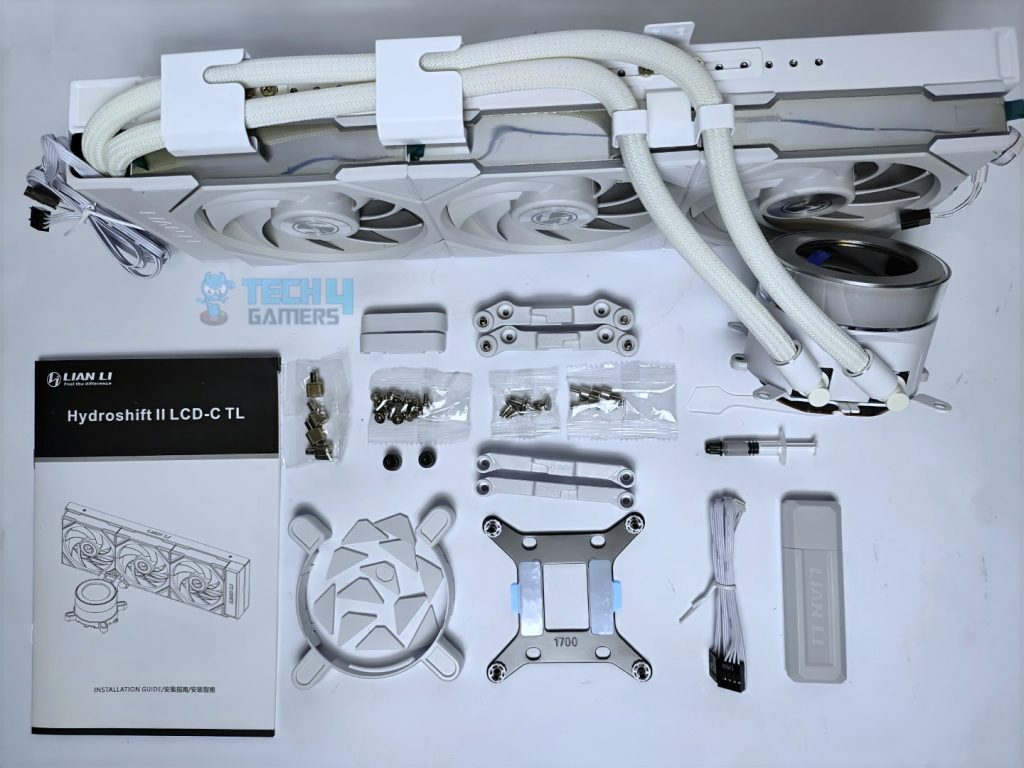
Here is the structured table of what you get inside the box:
| Quantity | Components |
|---|---|
| 12x | Radiator screws |
| 12x | Fan screws |
| 4x | Standoffs |
| 4x | Bracket nuts |
| 4x | AMD mounting bracket screws |
| 2x | AMD mounting brackets |
| 2x | Intel mounting brackets |
| 2x | Tubing clips |
| 2x | Thumb screws for radiator offset mount |
| 1x | Intel backplate |
| 1x | Tube thermal paste |
| 1x | Hex driver |
| 1x | Fan ARGB receiver |
| 1x | USB + PWM cable |
| 1x | Paste spreader |
| 1x | Manual |
Close Look At The Radiator and Assembly
First, examining the assembly, the water tubes are mounted on the radiator, with three adjustable metal brackets holding the tubes in place.
Users can adjust or remove the support bracket for the tubes on the radiator. If there is limited clearance between the radiator bracket and the motherboard, you can reposition them to increase clearance.
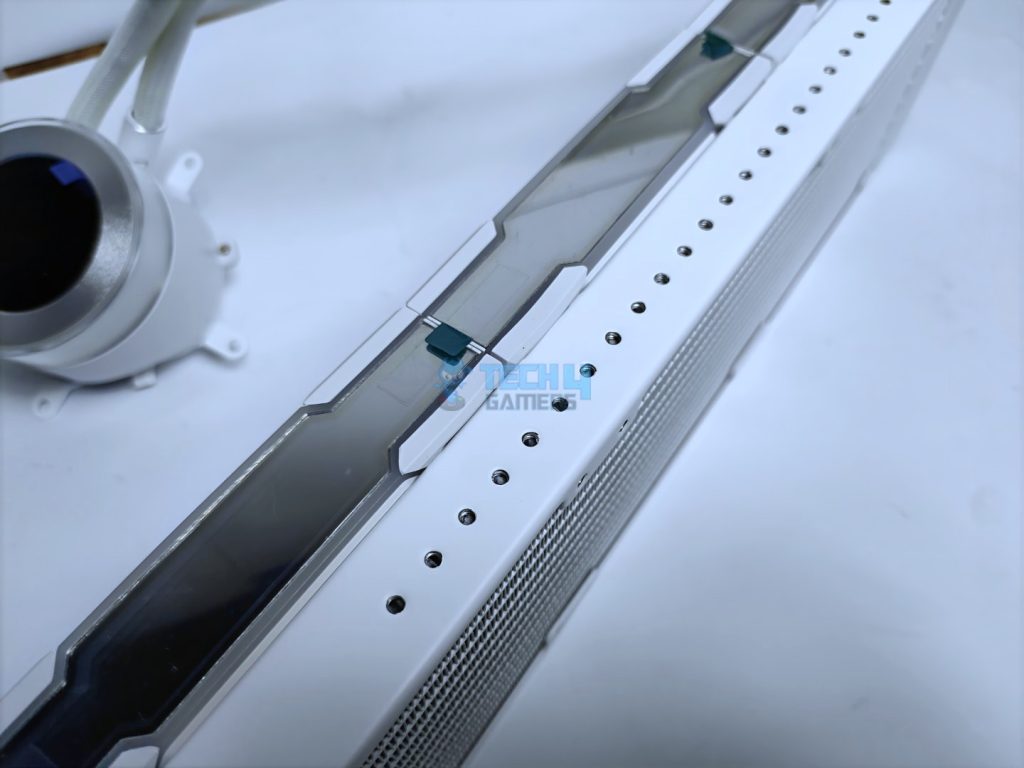
For a clutter-free experience, the USB cable and CPU PWM Fan cable are hidden under a plastic cover. The USB cable can be removed if you do not wish to install it, and to control the cooler in wireless mode.
The Uni-fan TL Wireless comes pre-assembled on the radiator, with the wireless receiver attached to the fan. It features a PWM cable that connects to the motherboard PWM header for power and control.
Now, taking a look at the radiator, it’s surprisingly very slim, with only 24mm of thickness, which is below the standard size of 27mm. The radiator has 12 water flow channels, and the FPI (Fins per inch) is 20, which is standard for liquid coolers.
The total dimensions of the radiator are 400 × 122 × 24mm.
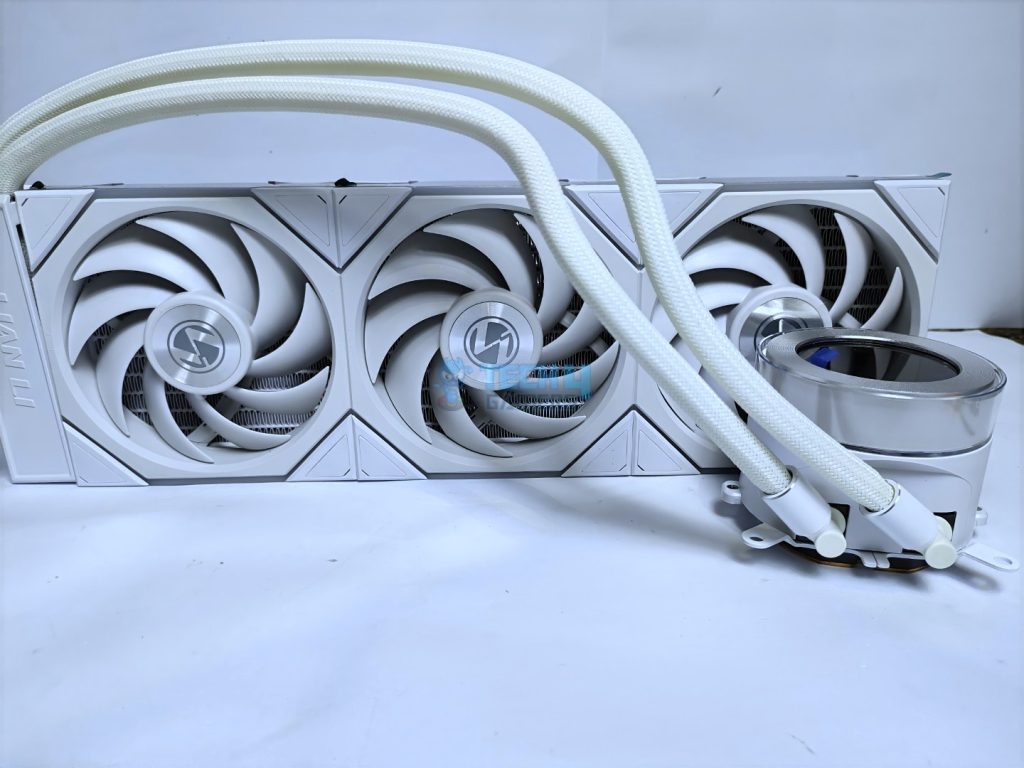
The tubing length is 450 to 475mm.
Pump Design / Housing
The block features a clean, white matte finish with an illuminated ARGB ring that has a sleek, circular design.
The ring houses the IPS display and can be rotated clockwise and counterclockwise to cycle through screen backgrounds and lighting effects, eliminating the need for a USB connection. If you want to customize themes and display sensor readings, you need a USB connection or the L-wireless 2.4G controller.

The mounting arms are preinstalled on the block for easy installation across different platforms. The block features a 2.1-inch IPS LCD.
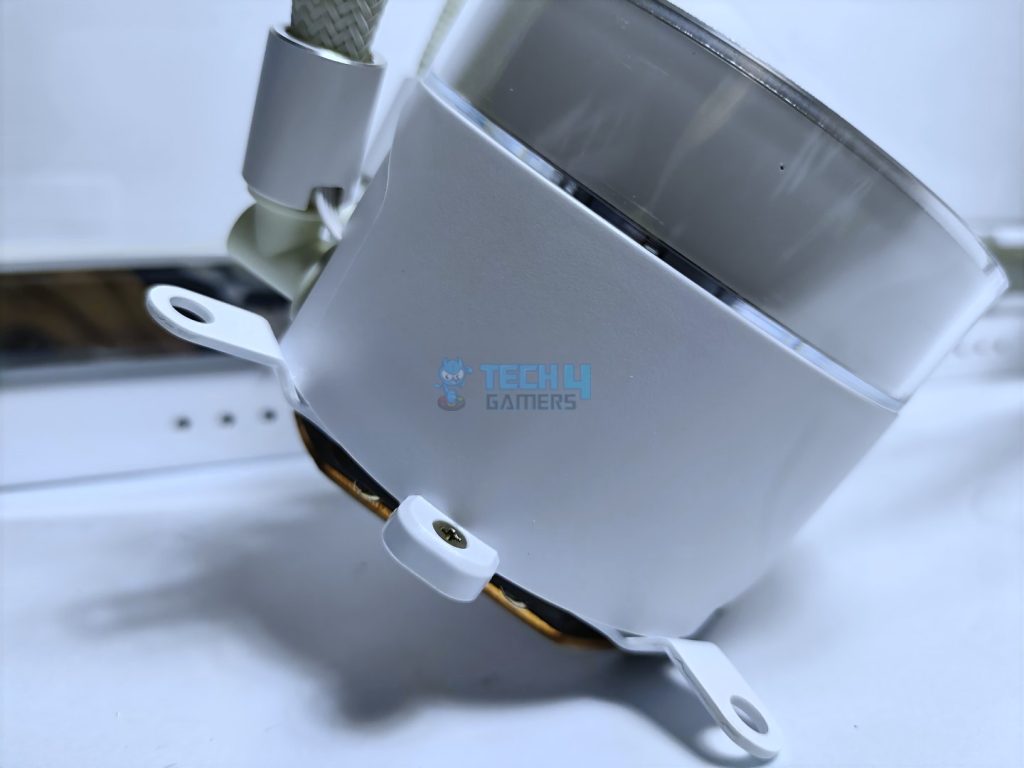
The Hydroshift features a full copper cold plate, with a warning sticker also visible.
Ensure the sticker is removed before installing the cooler. There is no pre applied thermal-paste on the cold plate.
Display
The Display is a circular 2.1-inch IPS panel that features a 60Hz refresh rate and 500 nits of brightness. When you power on the system, the system greets you with the Lian-Li logo. You can also use the Display as your secondary Display.
One thing I have loved is that you can rotate the pump cap ring to switch themes, selecting from 13 different presets or adjusting the lighting. The brightness is also adjustable. The colors are sharp and striking, and don’t seem too warm. Even from different viewing angles, the Display remains crisp and clear.
The sensor setup on the panel also appears pleasing to the user’s eye, not cluttered with numerous sensors on the small screen. In the predefined templates, the display shows the reading from up to 2 sensors; in our case, the pump reading was displayed every time on the wireless mode. The sensors can cycle through different readings from the CPU and GPU on default presets, unless you manually customize the layout. In this case, you can set the date and time, custom text, or use one of the provided layouts.
Controls / Modes
Lian-Li has provided various connectivity options to take control of your cooler, allowing you to choose the one that suits your needs.
Offline Mode: No need for any USB connections or the dongle. You can control it by rotating the transparent ring. Clockwise rotation switches screen themes, and counterclockwise changes the lighting effects.
Wireless Mode: In wireless mode, you still don’t need the motherboard USB connection. Plug the provided L Wireless 2.4GHz Dongle into the USB port and install the L-connect software for customization. This software allows you to change themes, select lighting effects, and choose different sensors to monitor on your IPS display.
Wireless Mode (Advanced): The advanced mode requires a motherboard USB connection, which unlocks full LCD customization, allowing you to upload images and videos.
Streaming Mode: It’s purely USB-driven; Streaming Mode is the same as Wireless Mode Advanced, without the wireless sync.
Software Features
You need to download and install the L-Connect 3 Software to access the cooler’s LCD, adjust the Fan/Pump Profile, enable ARGB lighting, and set up the L-wireless connection. In our case, we are only using the wireless mode (Advanced). However, if you don’t want to upload images, videos, or customise themes, then I suggest using the wireless mode only. Additionally, you don’t have to keep the L-connect open all the time; you can end the task, and the animations and sensors will still work.
Wireless Mode
There are 13 display templates for the wireless mode. Right above the layouts, there is an option for the sensors, which you can select to display the device’s readings on the screen, including CPU Temp, CPU Load, GPU Temp, GPU Usage, and water temperature.
Wireless Mode (Advanced)
The advanced mode requires the USB connection. Assuming you have already plugged the cable into the motherboard, you need to open the wireless utility again and then activate the advanced mode. This will unlock the full LCD customization, allowing you to upload images and videos, GIFs, or create themes.
Advanced mode also features 15 additional templates, along with the ability to customize the themes and utilize the LCD on your cooler as a secondary display.
Software Usage
The L-connect 3 software weighs 1.17GB if you’re downloading, which we feel is too much for the cooler configuration. However, the software does not require a significant amount of resources from your RAM and CPU.

In our system, the software utilizes only 60-70 MB of memory when the program is opened. When customizing or setting up something, the usage can increase to 150 to 250 MB, which is still acceptable for modern systems, and the CPU usage is minimal. Overall, the software’s User interface is smooth, and applying layouts and configuring sensors was snappy.
Fans
Lian-Li is utilizing the Uni Fan TL wireless for this liquid cooler, which features Lian Li’s Interlocking System for a clutter-free experience.
The fans feature dual-zone lighting effects and also include the Infinity Mirror, which incorporates 26 LEDs. The fan also has the anti-vibration pads.
For the connection, the fans come with a Wireless Receiver that attaches to the fan. The fan uses the fluid dynamic bearing, which is long-lasting. The frame design is solid and 28mm thick.
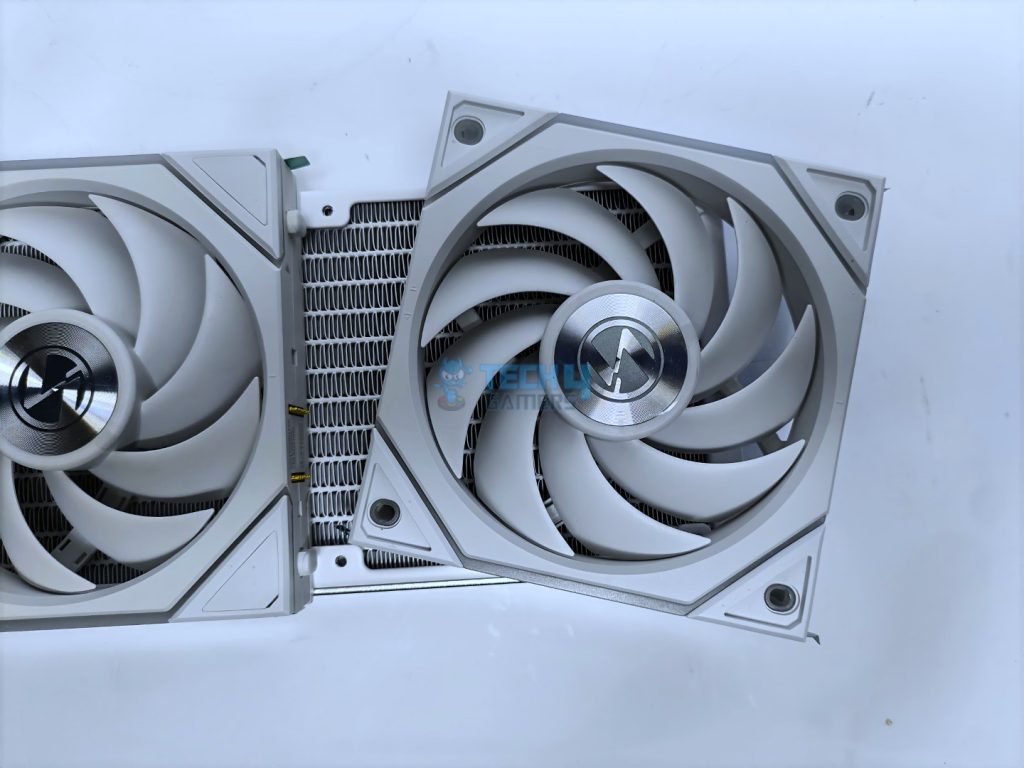
Overall, the fan features a strong construction.
Here are the specifications for the fans:
| Uni-fan TL Wireless | Specifications |
|---|---|
| Dimensions (W x D x H) | 124 x 120 x 28 mm |
| Air Flow | 90.1 CFM |
| Bearing Type | Fluid Dynamic Bearing (FDB) |
| Speed | 0, 200~2600 RPM |
| Acoustic Noise | 33 dB(A) Max |
| Input Power | 5.8W |
| Rated Voltage | DC 12V (FAN) & 5V (LED) |
| PWM Control | Yes |
| Connector | L-Wireless Receiver |
Installation
Its time to install the cooler.
Prepare the socket
As we are using the AMD platform, we will be installing our AM5 system only. The first step here is to remove the stock retention bracket from the motherboard.
Next, install the AMD-compatible retention bracket onto the motherboard using the provided AMD screws. Apply the thermal paste to your CPU. We’re using ID-Cooling X45.
Now it’s time to mount the block. Once the block head is in place, diagonally secure the block to the mounting bracket using the provided screws. Then, position the decorative cap over the screws to achieve a clutter-free appearance.
We had no problems with the installation, and it was remarkably easy.
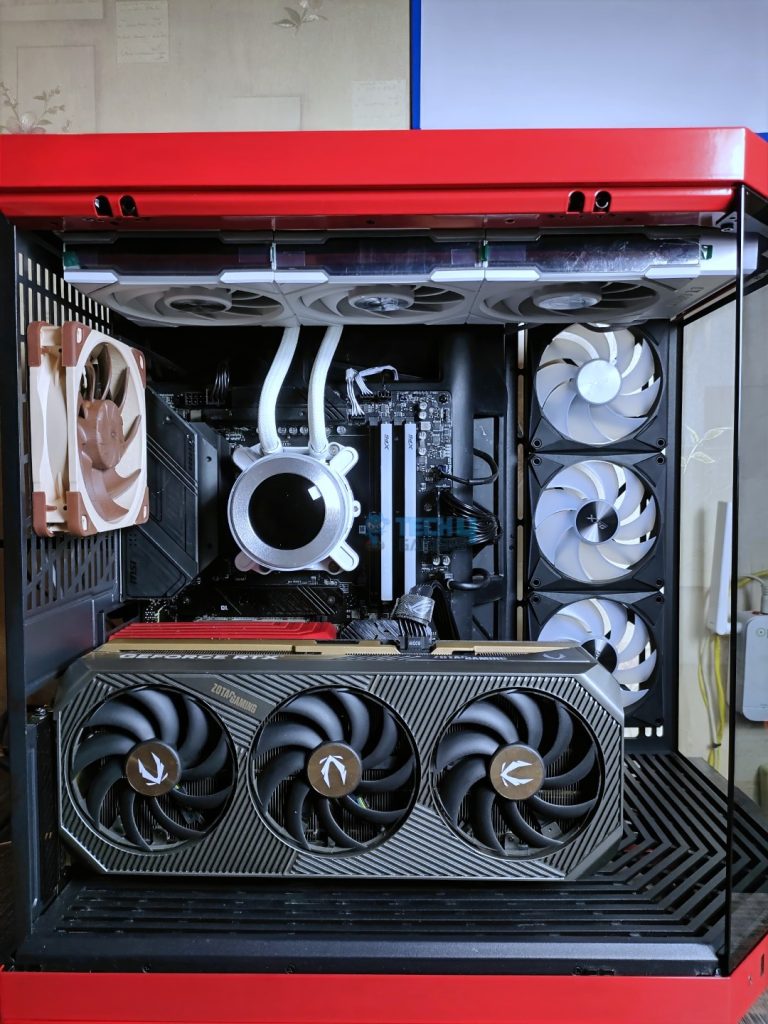
The cooler is now fully assembled.
Cabling
As we have already completed the installation, the remaining task is to connect the cables, assuming the radiator is installed, two cables are exiting from the radiator, one cable goes into the USB header on your motherboard that allows you to control the LCD through the software, which is optional and still works without installing the cable, but some features would not work. The other cable is the PWM cable, which connects to the pump header on the motherboard to control the pump speed.
Since we have the TL version, it comes with the Uni Fan, which features a controller with two PWM power cables. One cable is a 4-pin type that plugs into the CPU_Fan PWM header, and the other is a 2-pin cable that serves as auxiliary power. If insufficient power is detected, connect that cable to the PWM header on the motherboard.
Overall, the cable process was very easy and clutter-free. No ARGB cables are coming from the coolers; the wireless dongle has taken that job.
Testing Methodology
CPU Configuration:
- For the Noise Normalized Testing, we have fixed the CPU at a fixed voltage and frequency. The noise levels are set at the desired levels of 40 to 45 dB(A). Then we test the cooler at the maximum speed possible.
Controlled Environment:
- We have eliminated the influence of ambient temperatures in our data, and all results are presented as deltas over the ambient conditions. The tests were done in a controlled environment with a room temperature of 25°C.
Preparing System:
- Since we don’t have a separate open test bench, all the coolers are installed in our primary test case, which is the HYTE Y70, but all the panels have been removed.
- All the case fans are operating at the minimum PWM level possible to avoid interfering with any noise results. All coolers are tested at the fixed configurations. Only the coolers are swapped in the whole scenario.
- We are using ID-Cooling X45 thermal paste for all coolers.
Software:
- We have ensured that no other software is running on the computer that could influence the CPU load.
- We’ll be using the Cinebench R23 Loop for the 15 minutes.
Test Setup
- CPU: AMD Ryzen 7 9700X
- RAM: XPG Lancer 16×2 6400MT/s CL28 (tuned)
- Motherboard: MSI B650 TOMAHAWK WIFI
- GPU: ZOTAC SOLID RTX 5080
- BIOS: 1N0 – AGESA ComboAM5 1.2.0.3c
- Windows Version: Windows 11 24H2 (OS Build 26100.4652)
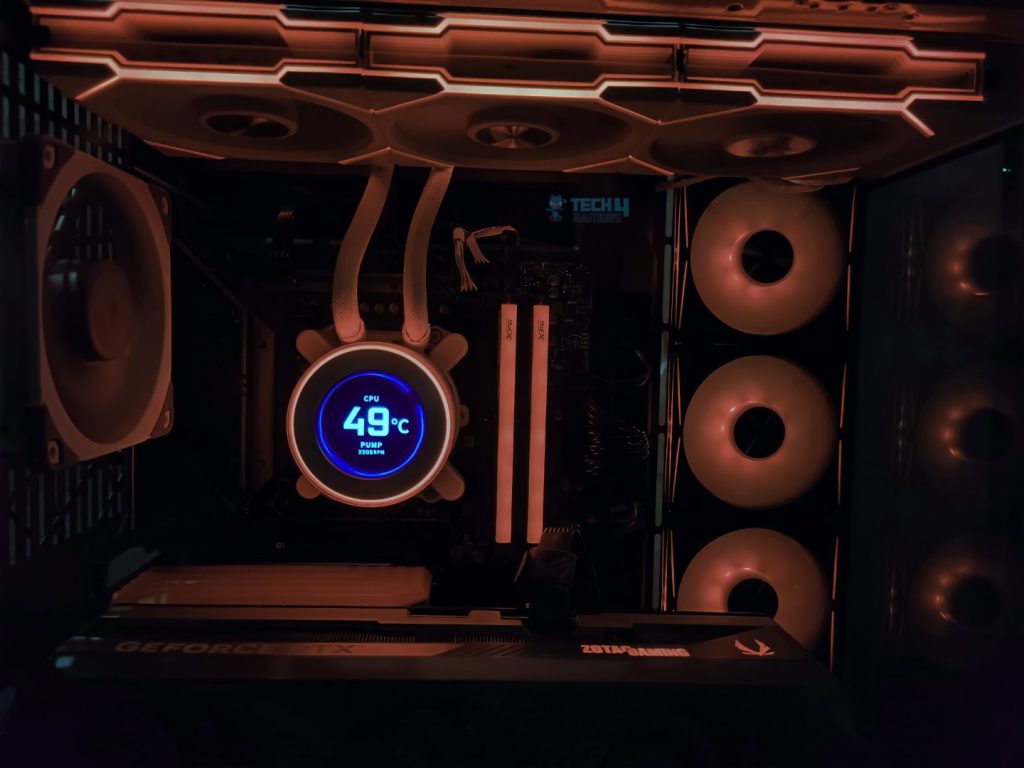
Test Results – Noise Normalized 40 dB(A)
Results at the fixed noise level at 40dB(A)..
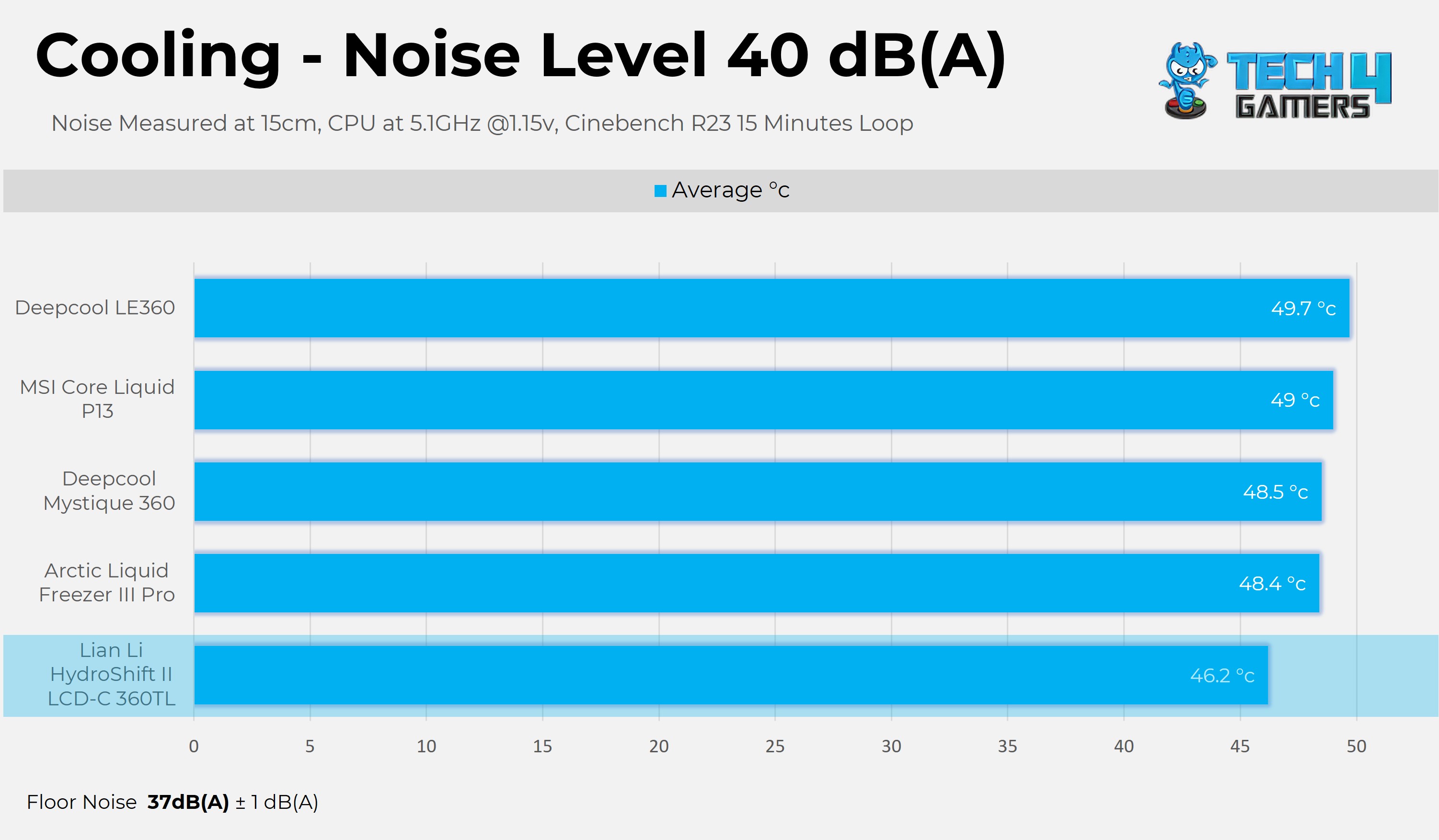
First, we are examining the fixed 40dB(A) noise-normalized conditions; Lian-Li has nailed it in terms of performance, thrashing all the liquid coolers in the chart.
Test Results – Noise Normalized 45 dB(A)
Results at the fixed noise level at 45dB(A).
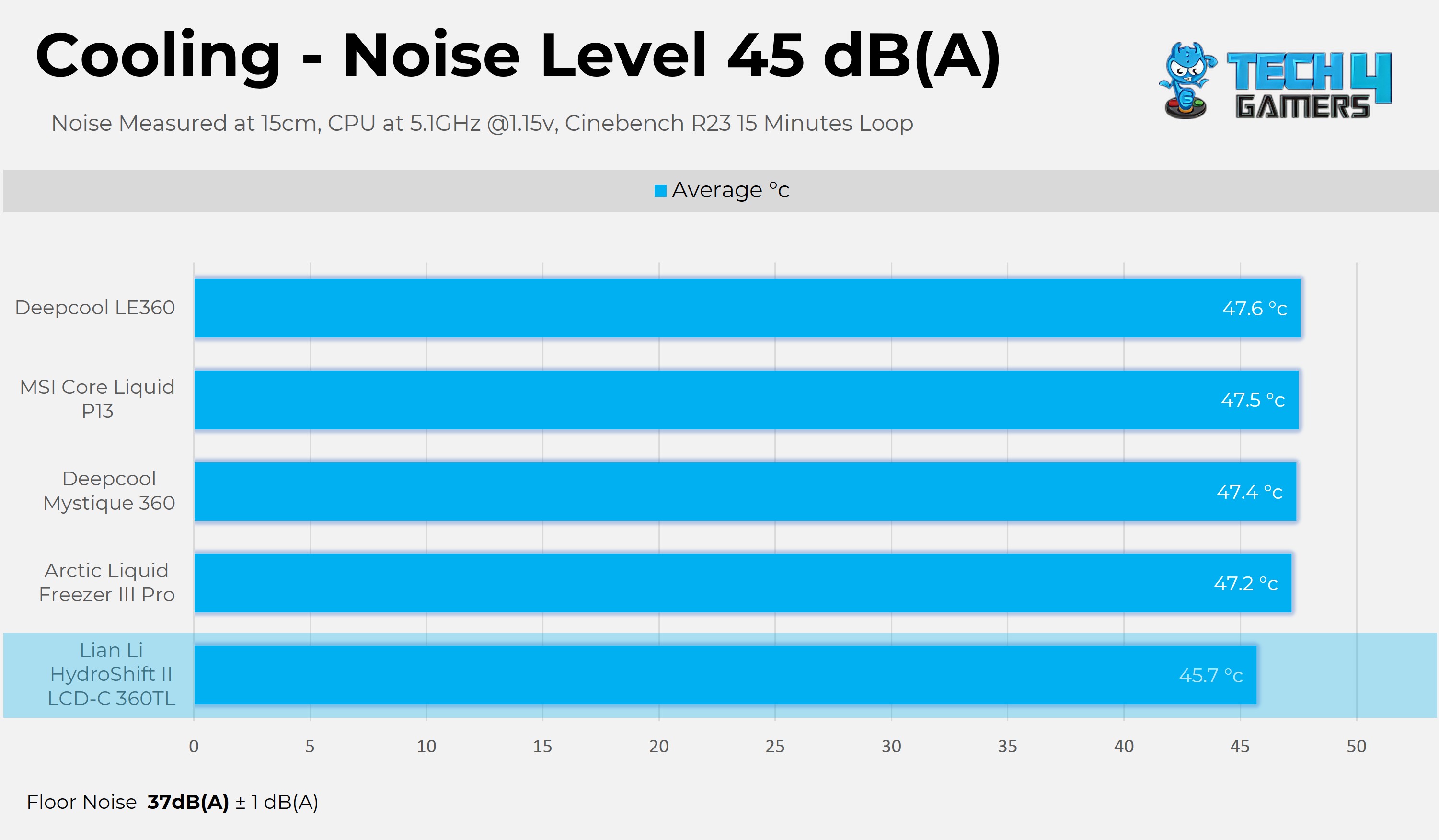
A similar story unfolds at 45dB(A) Noise Normalized Conditions, where Lian-Li still maintains the title of performance leader, but the lead is shrinking. Let’s head to the next chart at the maximum PWM level.
Test Results – Maximum Speed
Results at the Maximum PWM Speed.

Lian-Li takes the second spot here, but the difference is almost negligible. In our performance test, the cooler performed excellently overall.
Noise and RPM Readings
Now, let’s examine the fan’s performance, specifically how much noise and RPM it produces at certain PWM levels.
I’m really impressed with the Uni Fan TL wireless fans here. At the 25% and 50% PWM levels, they are the quietest, and the rotation per minute speed of the fans is excellent compared to other liquid-cooler fans.
At a similar range, Uni Fan produces more RPM at the given PWM level with reduced noise, demonstrating exceptional fan performance and reliability. At the maximum fan speed, the Uni-fan produces 55dB(A) of sound in our tests, while the fan runs at a whopping 2600 RPM, which is better than some other liquid coolers in the charts. The noise level per RPM is very good.
Should You Buy It?
Buy It If
✅ You Want An Exceptional Cooling: The Lian Li Hydroshift II LCD-C 360TL displays exceptional performance in our cooling tests, especially at noise-normalized conditions. The cooler is the new chart leader and one of the best 360mm AIOs currently available.
✅ You Want a Clutter-Free Experience: The Cooler features side-mounted tubing with a hidden cable design. It also includes Uni Fan wireless TL fans with a wireless receiver, which reduces cable clutter in the bonus. The A-RGB is also controlled wirelessly, so you don’t have to install the ARGB cable to the motherboard. The display can be customized and controlled without the need for a USB cable to be connected to the motherboard.
✅ You Want a Vibrant and Customizable Display: The cooler features a 2.1-inch LCD with a 480×480 resolution, 500 nits of brightness, and a 60Hz display, which can also be controlled wirelessly.
✅ You Want the Peace of Mind: The Lian Li Hydroshift II LCD-C 360TL is backed by a 6-year warranty.
Don’t Buy It If
❌ If Aesthetics Are Not Your Top Priority: Lian Li Hydroshift II LCD-C 360TL is an expensive cooler. However, there are budget-friendly options that provide similar cooling performance.
❌ If You Don’t Want the Software to Control Your Cooler: To ensure the Lian Li Hydroshift II LCD-C 360TL functions properly, you must install the L-Connect 3 Software on your PC.
Final Thoughts
We’re very impressed with the Lian Li Hydroshift II LCD-C TL, but certain aspects may not appeal to everyone. If you’re not particularly tech-savvy or enthusiastic, configuring the wireless setup can become a complex task. The cooler features wireless connectivity, but it still requires the software function and cables. While the wireless options look great on paper, they do not offer any advantage in real-time. For complete control, you still need to work with cables and the Lian-Li software.
Cooling Performance And Noise
Hydroshift II delivers an exceptional performance in our tests, almost beating every other in all the benchmarks. We’ve found the cooler to be very quiet compared to the noise-normalised operations of the competition. However, the cooler gets loud at 100% PWM speed and produces a noise level of 55dB(A). We suggest using the custom profile and keeping the fan below 60-65% for adequate cooling and minimal noise levels.
Wireless
There are still some connections that need to be installed in the motherboard, such as the PWM connectors for the pump and the fans. Apart from this, the cooler’s ARGB and display (with limited controls) can be controlled wirelessly, eliminating the need for any additional connectors. However, if you want to take complete control of your display, you still need the USB installed on the motherboard. So far, I’m loving this wireless approach; it worked as intended, but you still need the L-connect to control.
Build Quality
The build quality is excellent and works as intended. We have had no complaints so far. One of the unique features we have appreciated is the ability to route cables using adjustable clips, which gives the setup a clean, professional look. The mounting hardware is also quite good, and we haven’t had any issues in installing and removing the cooler. The offline control of the LCD works exceptionally well; rotating the ring around the LCD provides a very premium feel. Regarding cable management, we are impressed that the cables are routed from the radiator rather than the block, which gives it a clean appearance.
Value
Lian Li Hydroshift II LCD-C 360TL costs $239.99, which is a very premium price tag. The price has increased from the previous generation, which was $179.99. If you’re performance-focused, there are many budget options available in the market at a significantly low price.
Thank you! Please share your positive feedback. 🔋
How could we improve this post? Please Help us. 😔
I’m Usman Sheikh, a Senior Hardware Reviewer at Tech4Gamers with over a decade of experience in the tech industry. My journey began in 2014 as a senior administrator for Pakistan’s largest gaming community forum. Passionate about PCs and hardware, I specialize in testing and reviewing components like graphics cards, CPU coolers, and motherboards, while also sharing insights on overclocking and system optimization.


 Threads
Threads

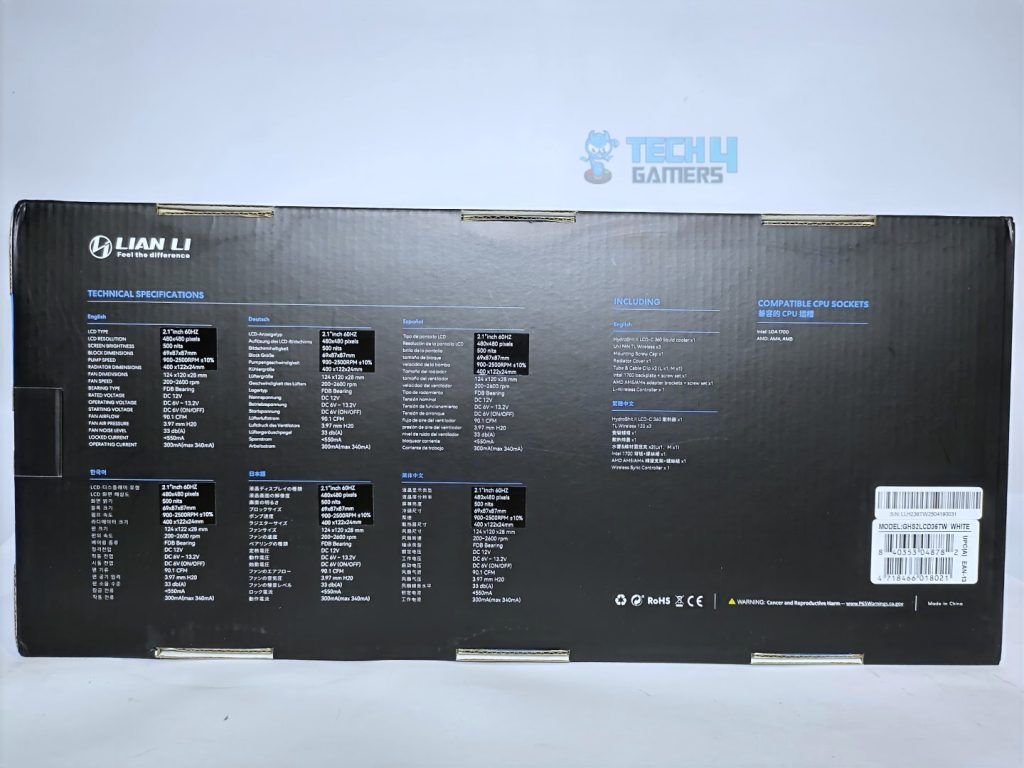
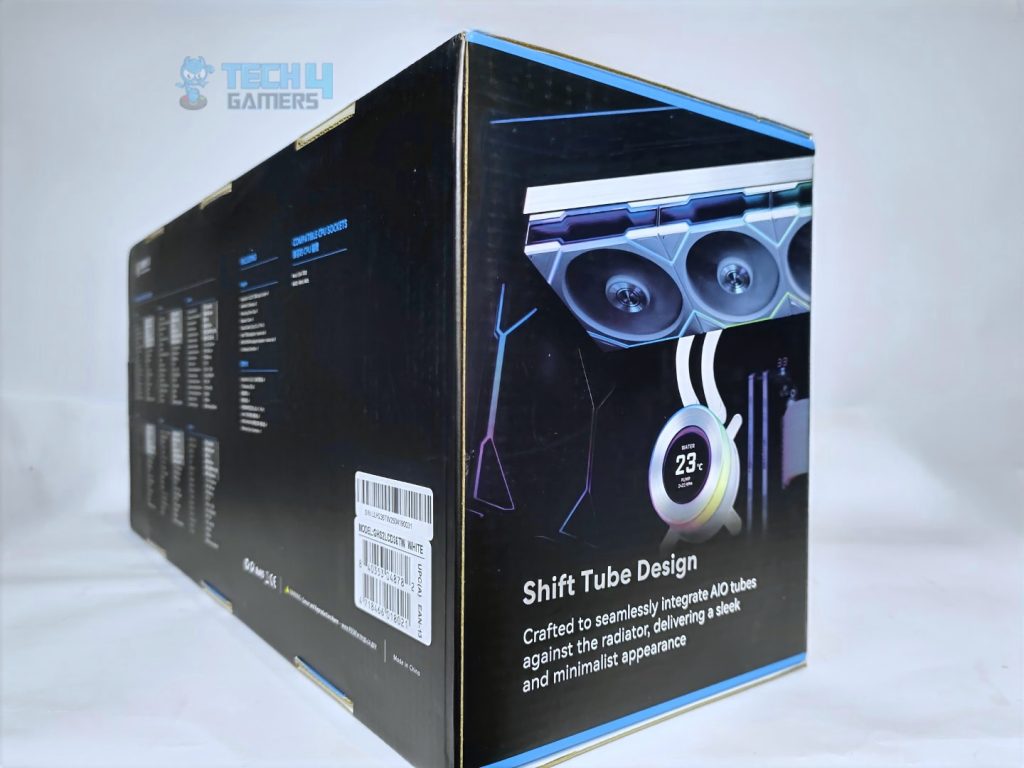

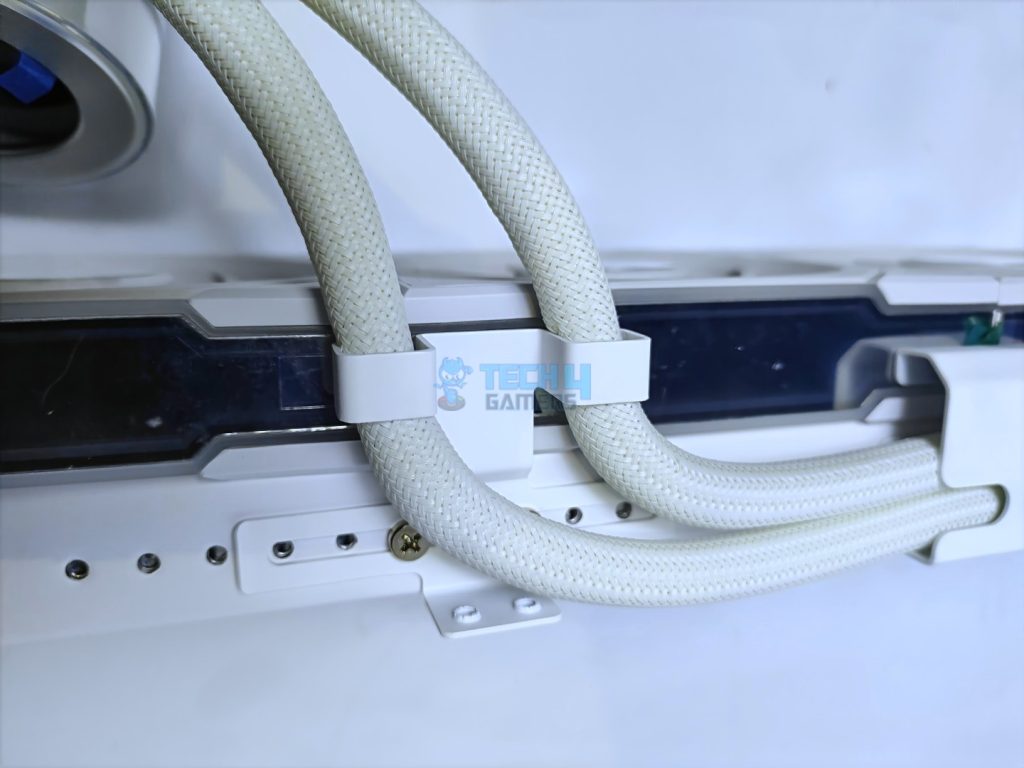
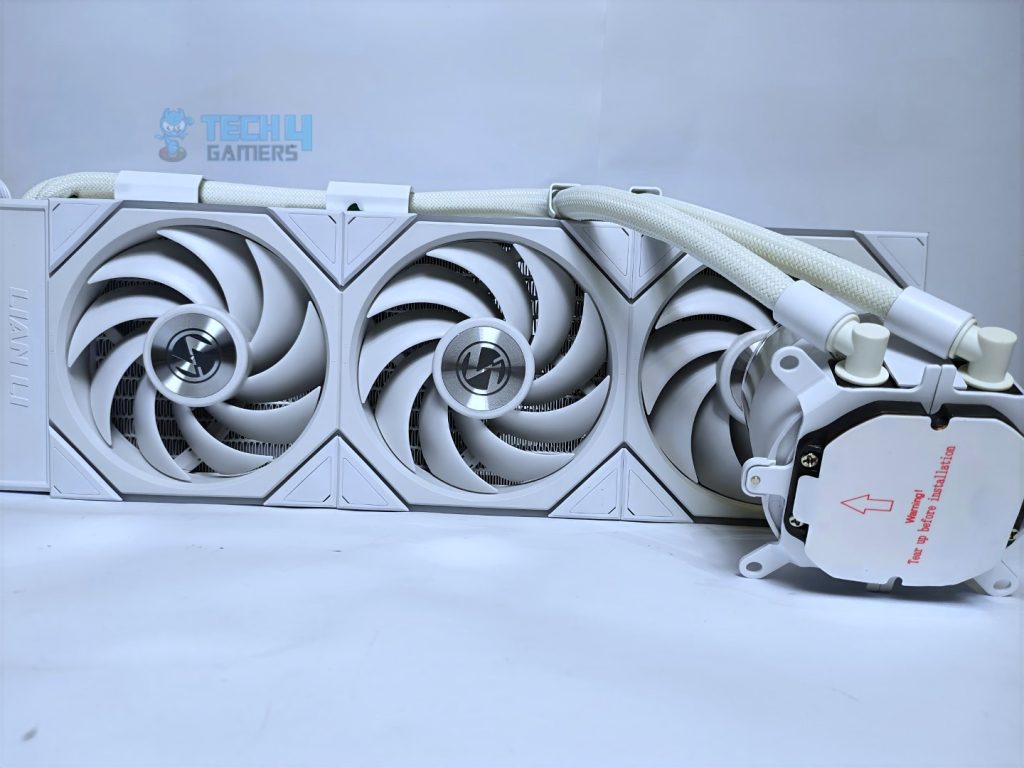

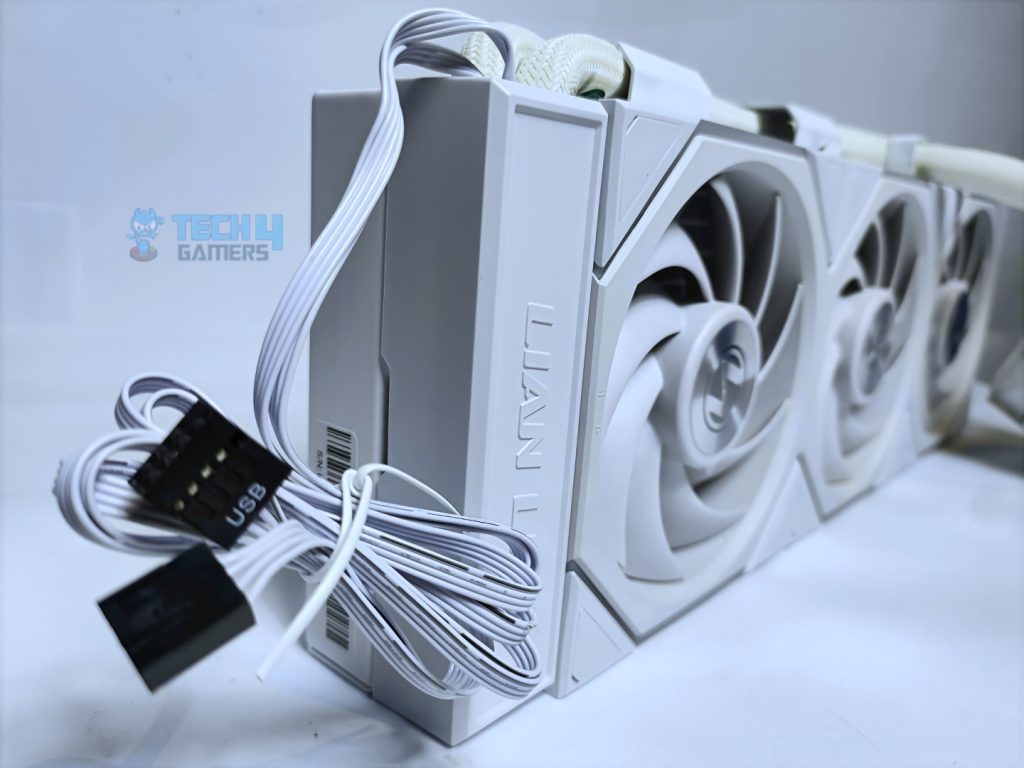
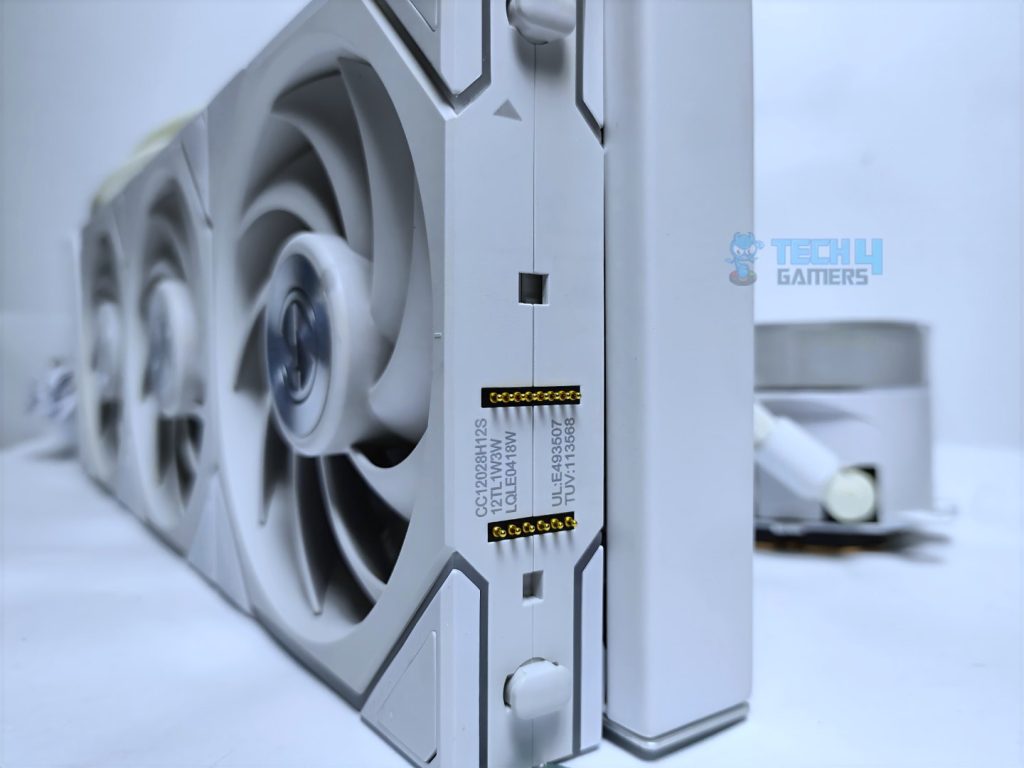
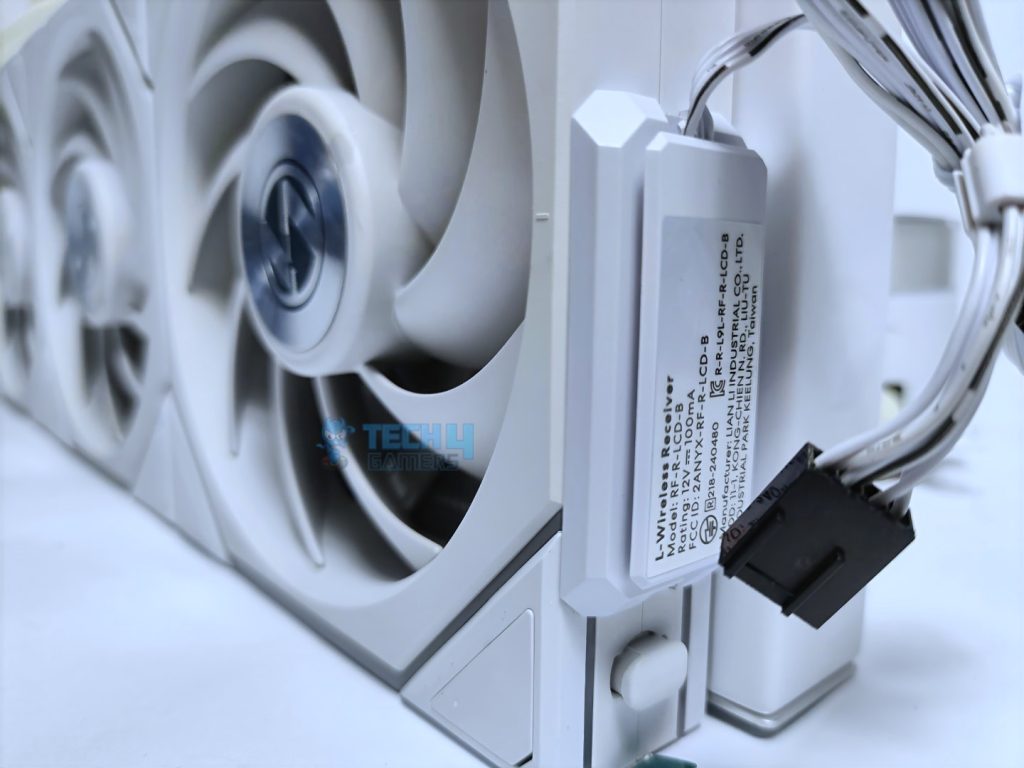
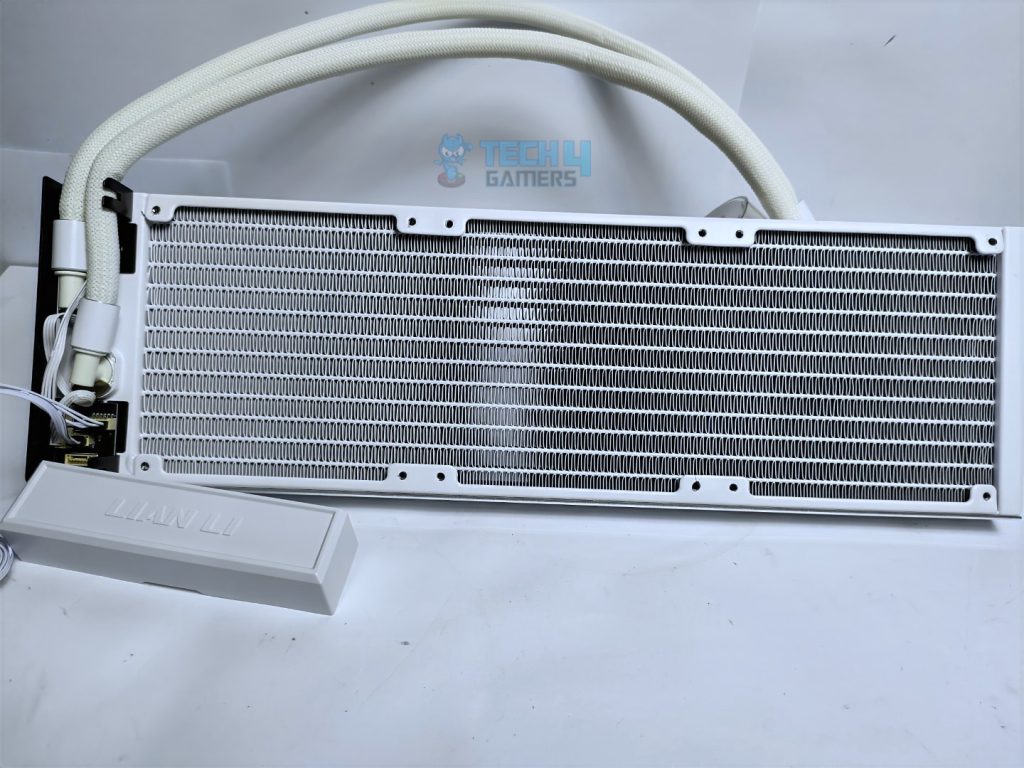
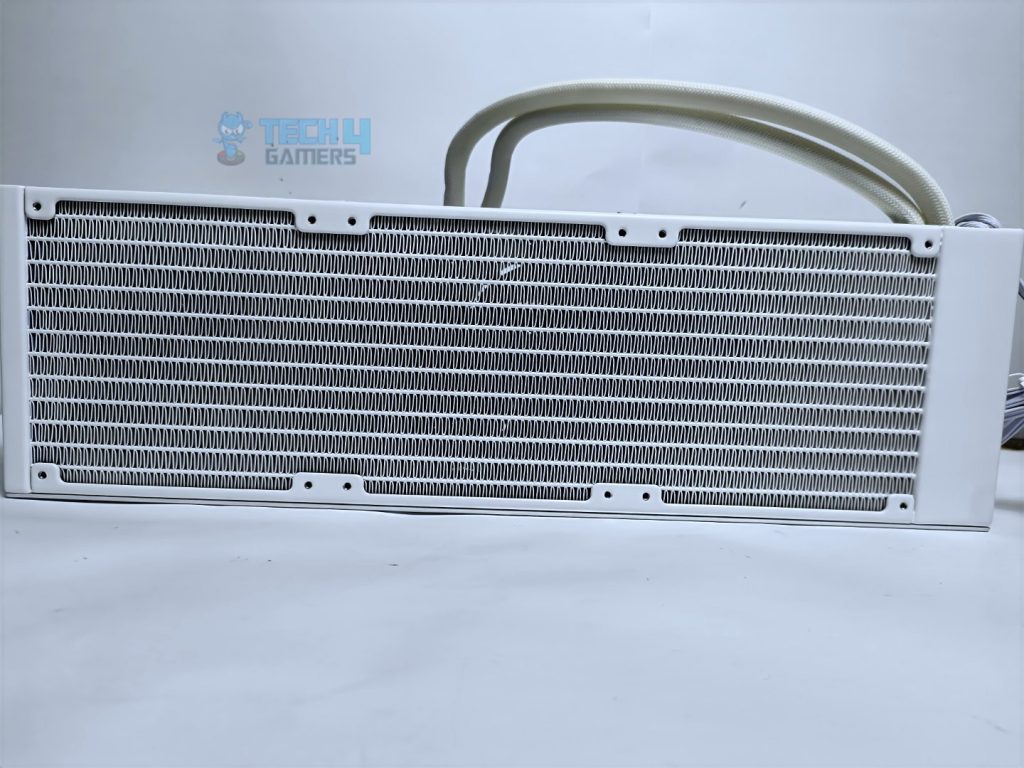
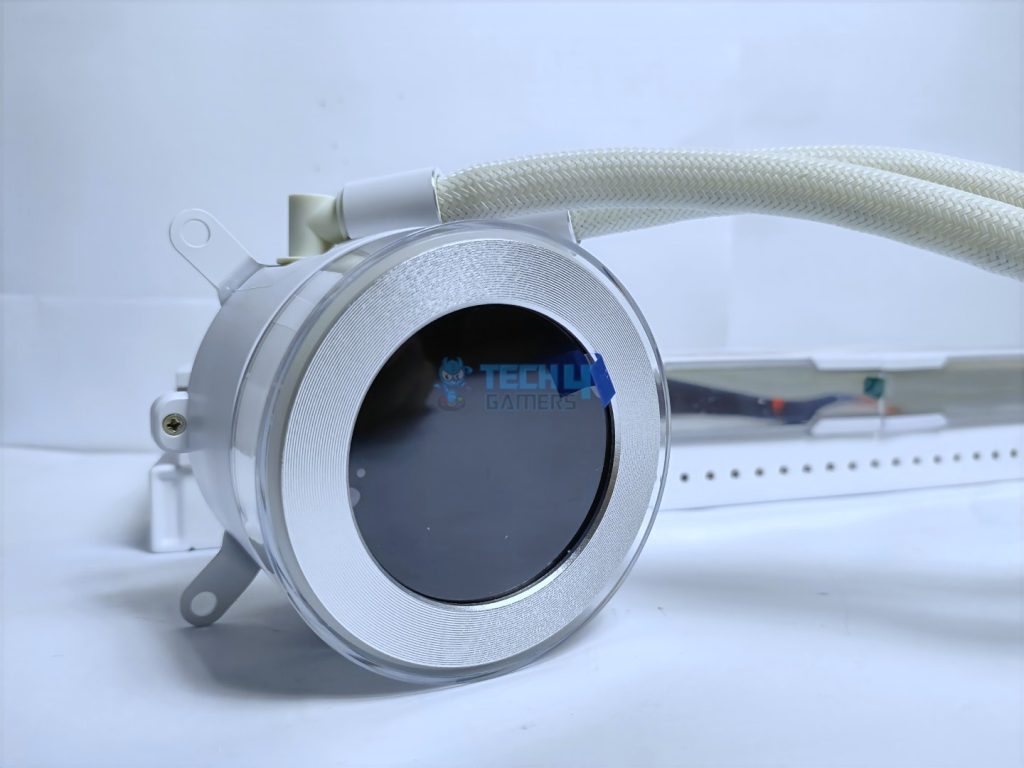
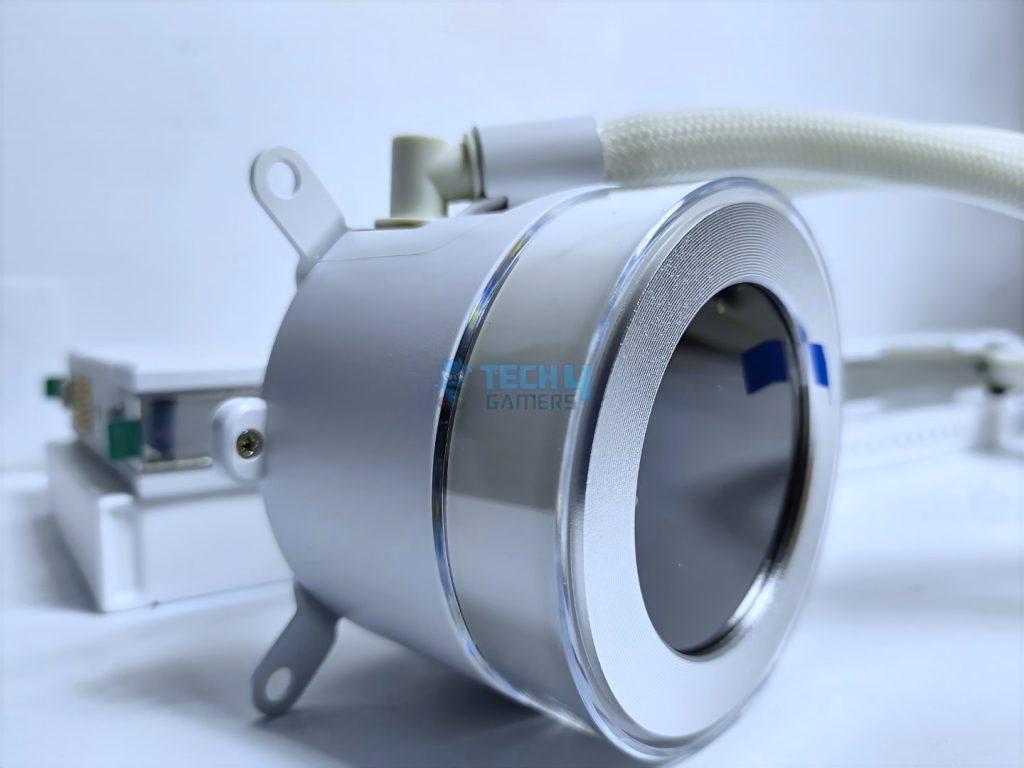
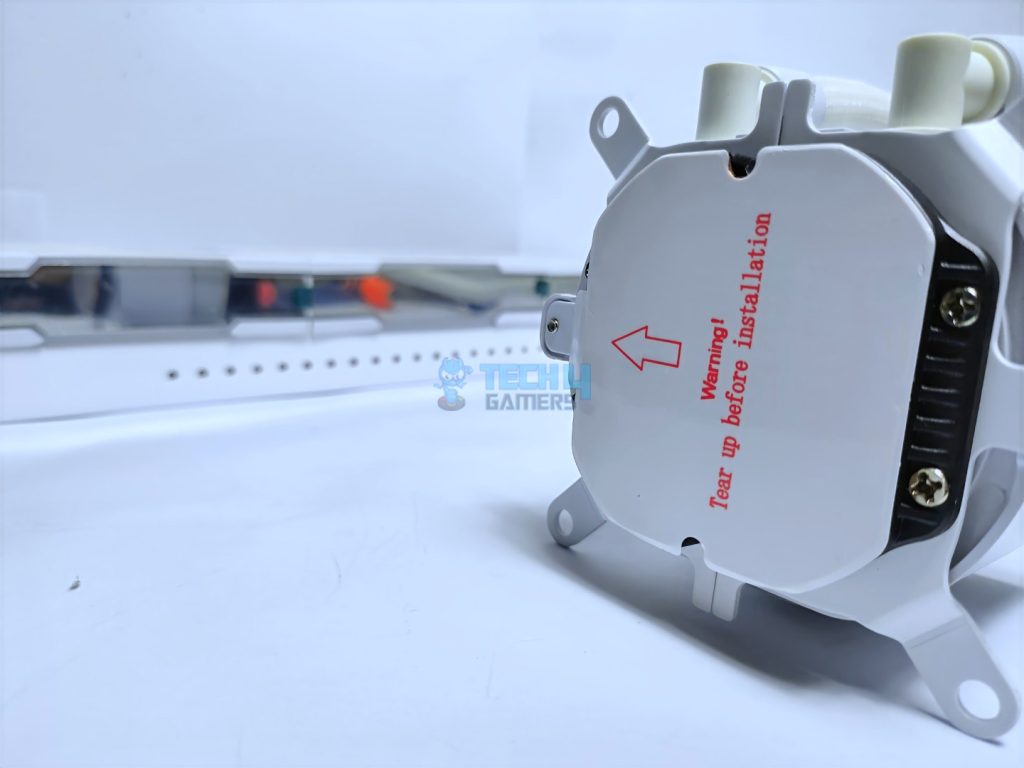
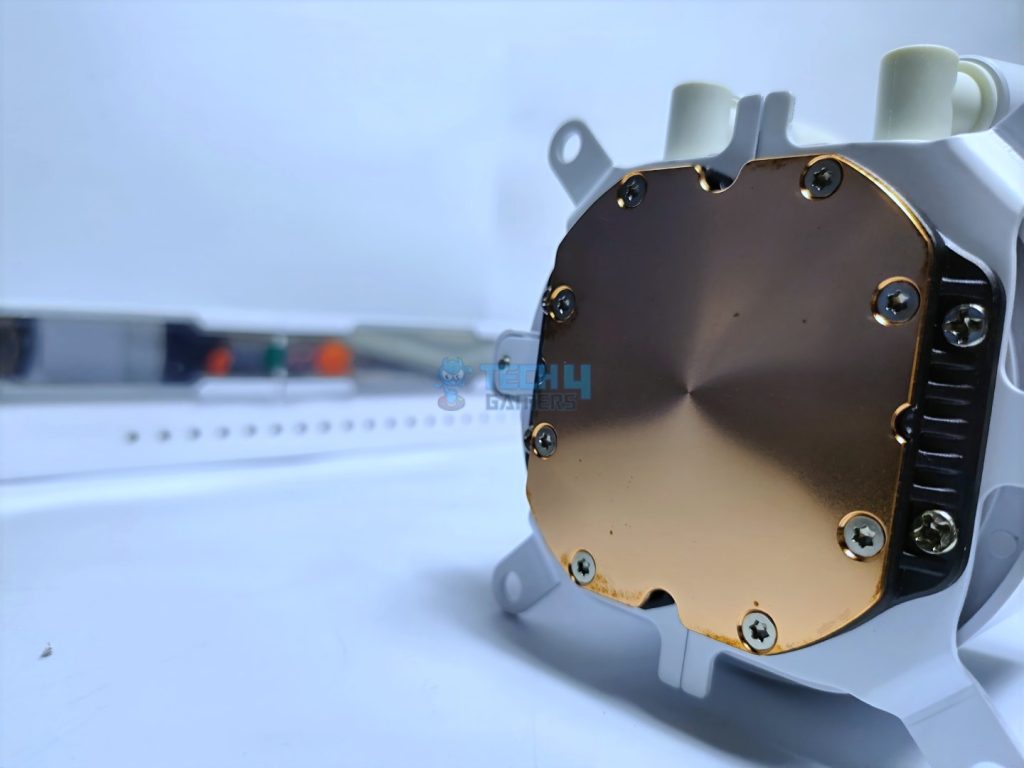
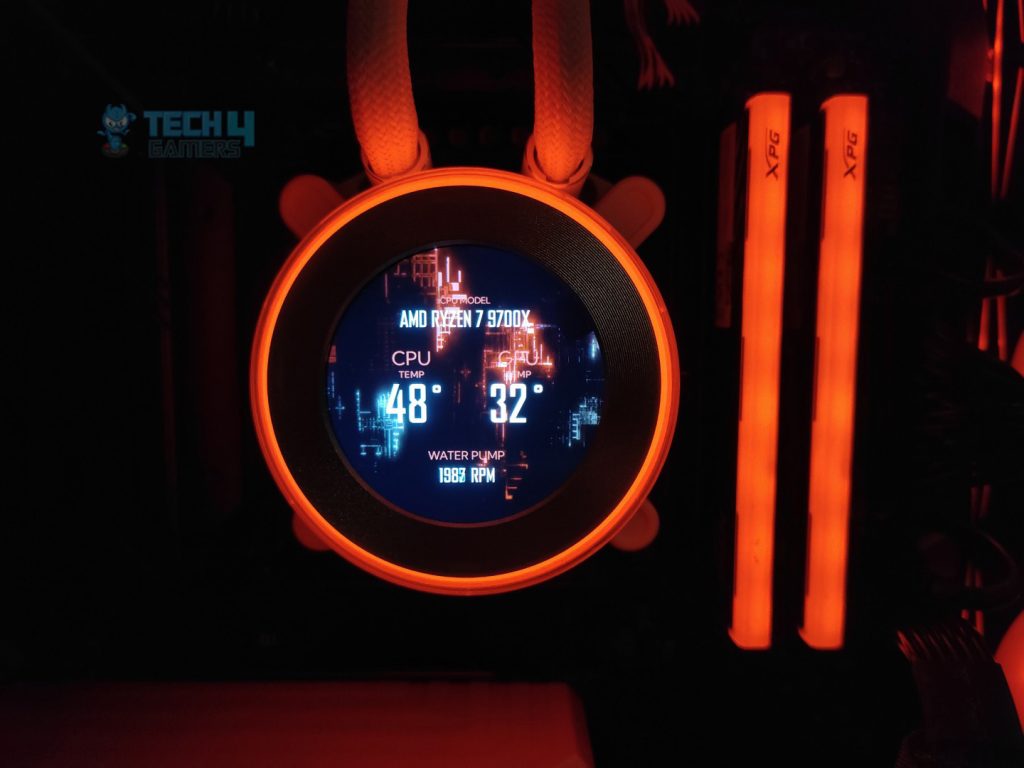
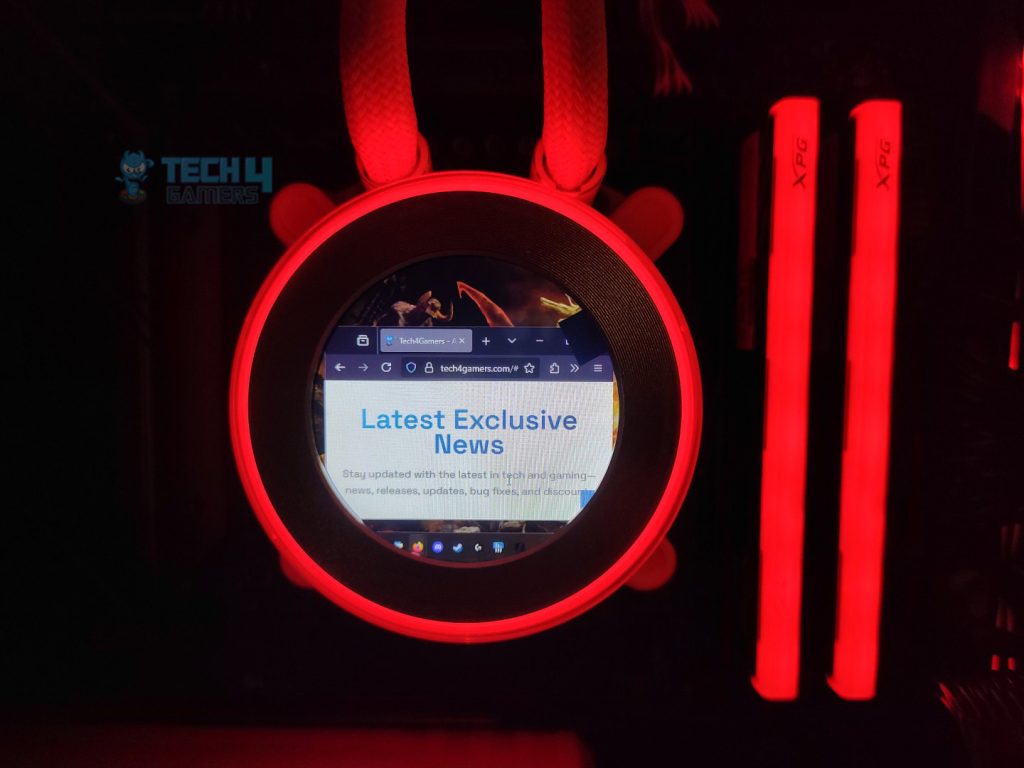

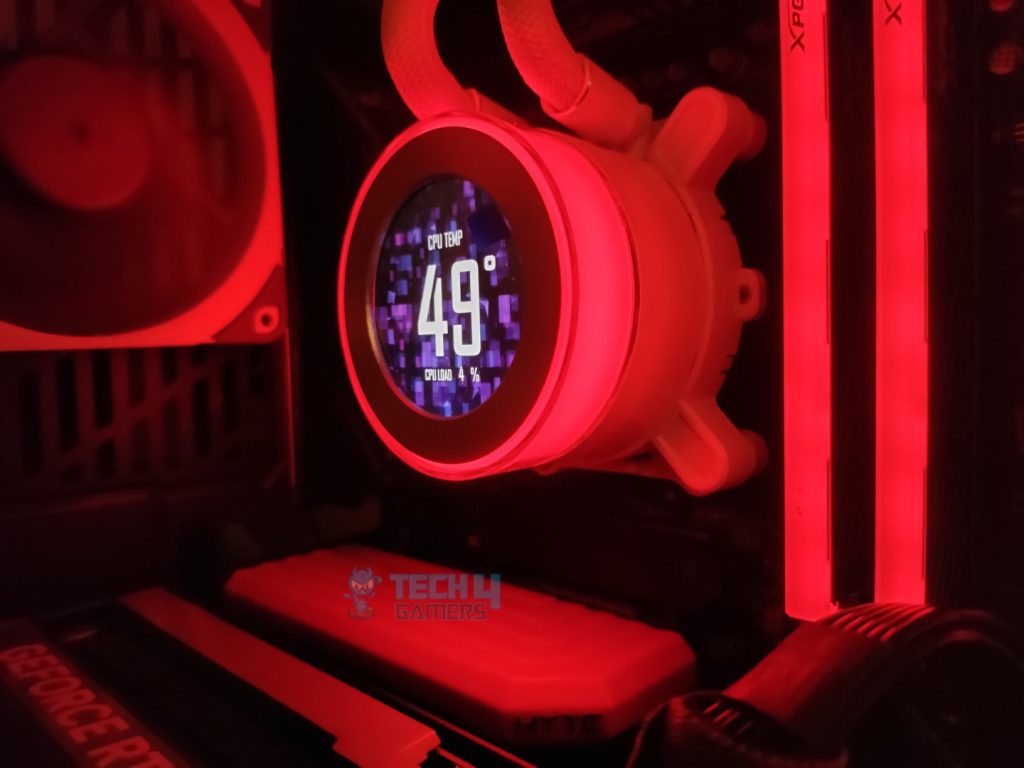
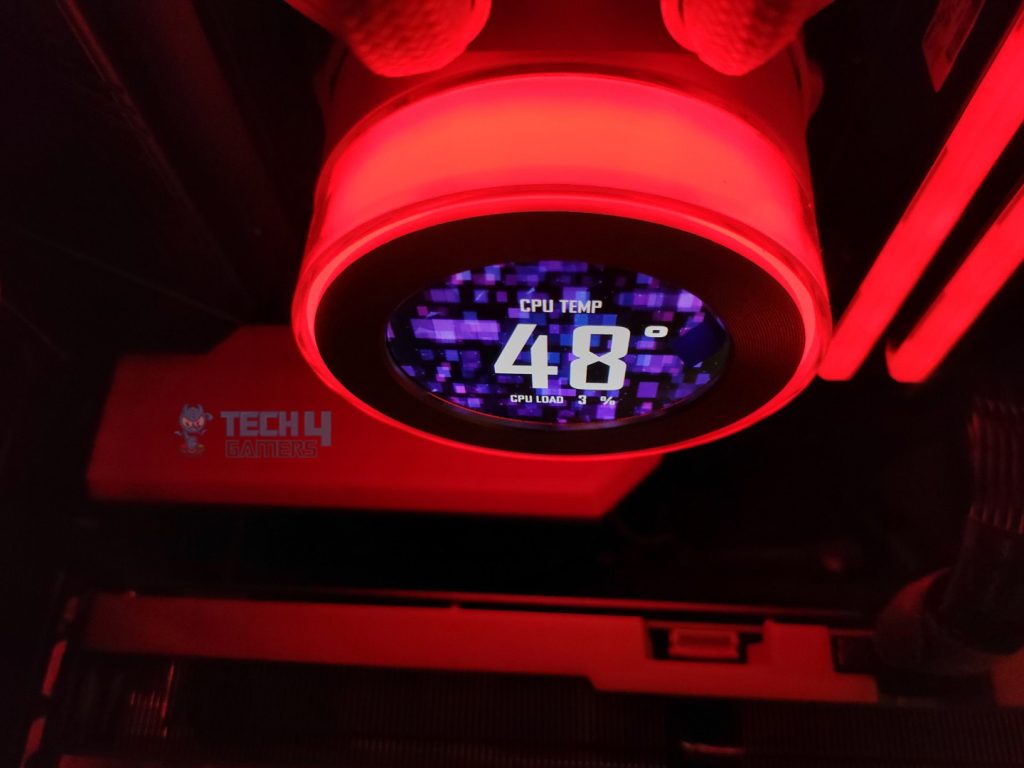
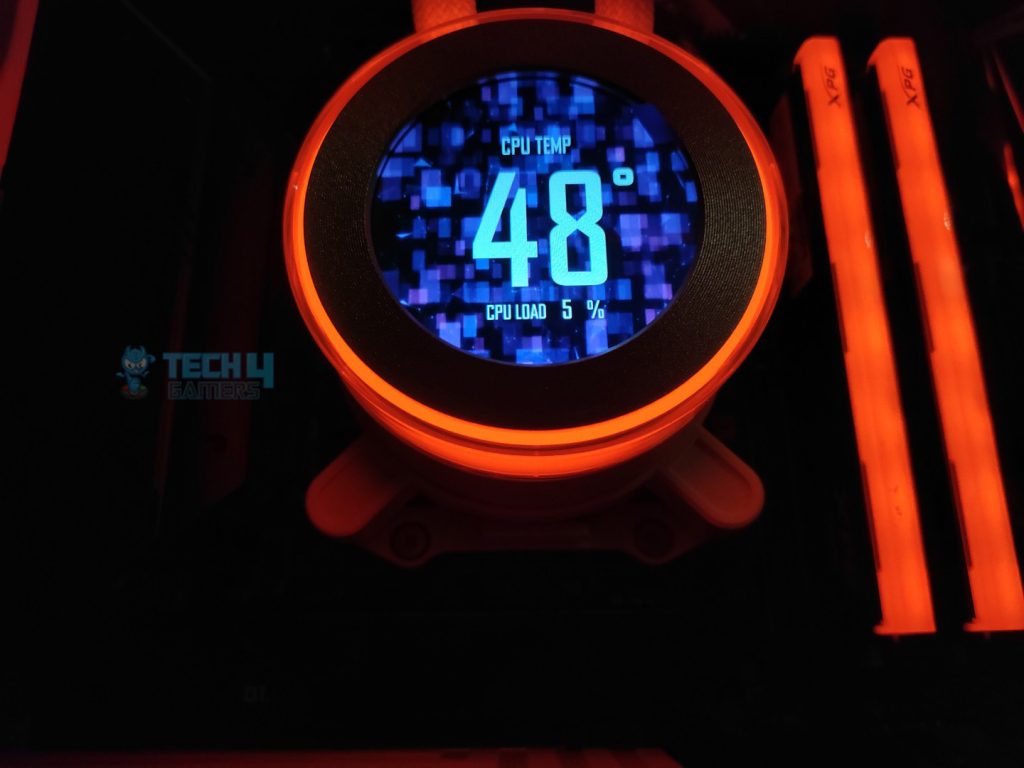
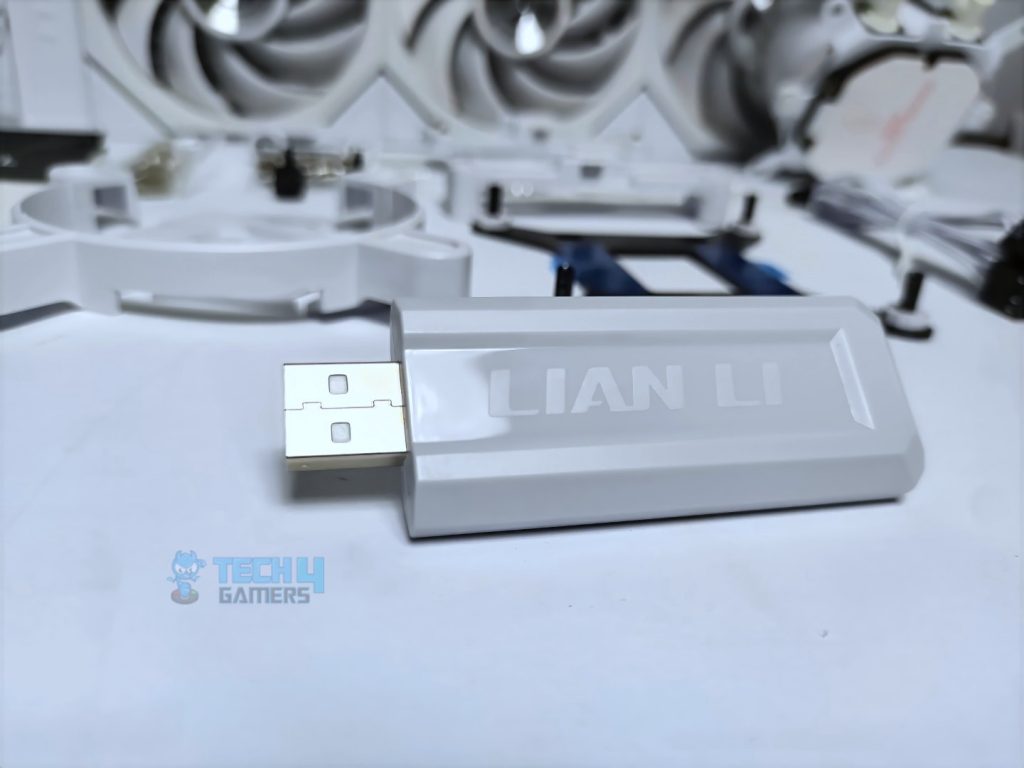
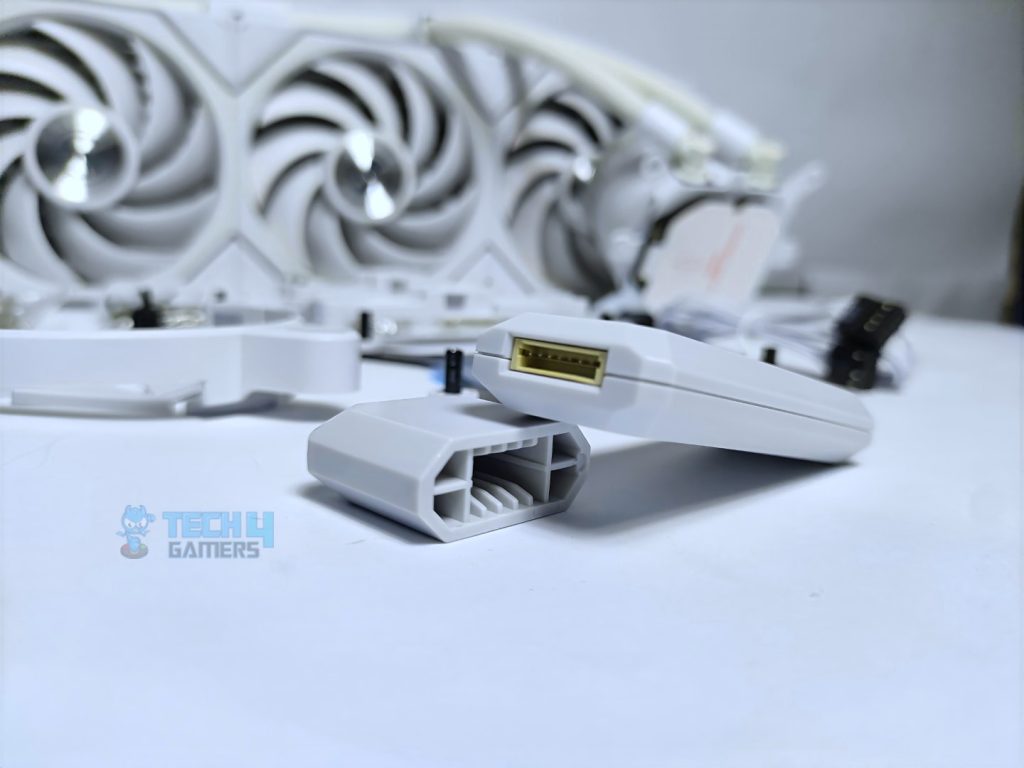
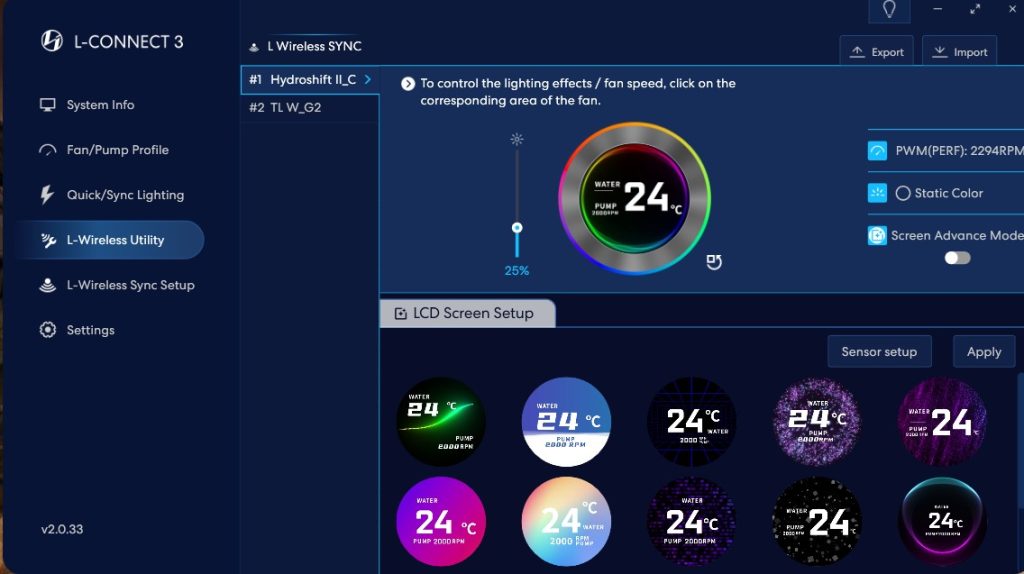
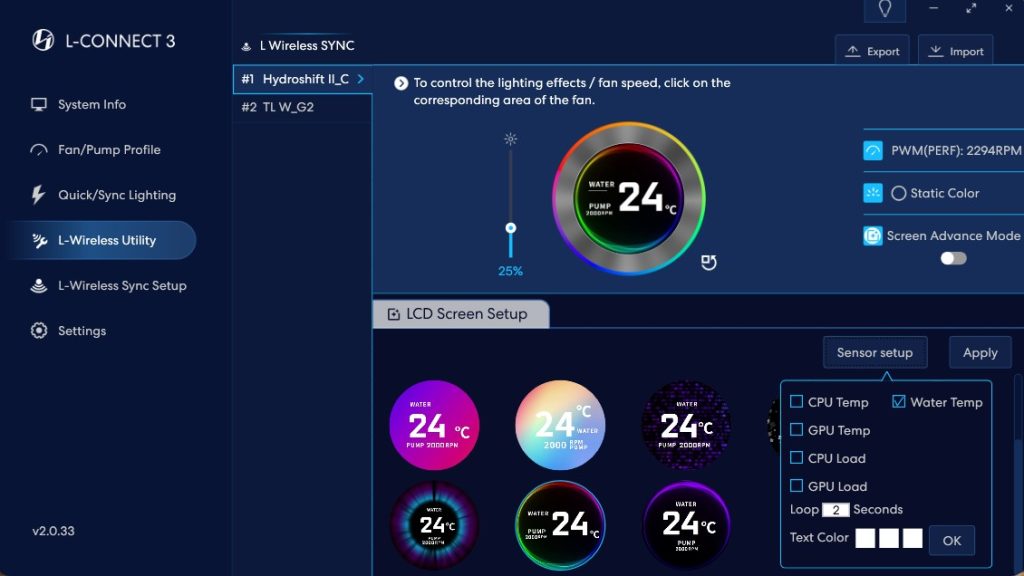
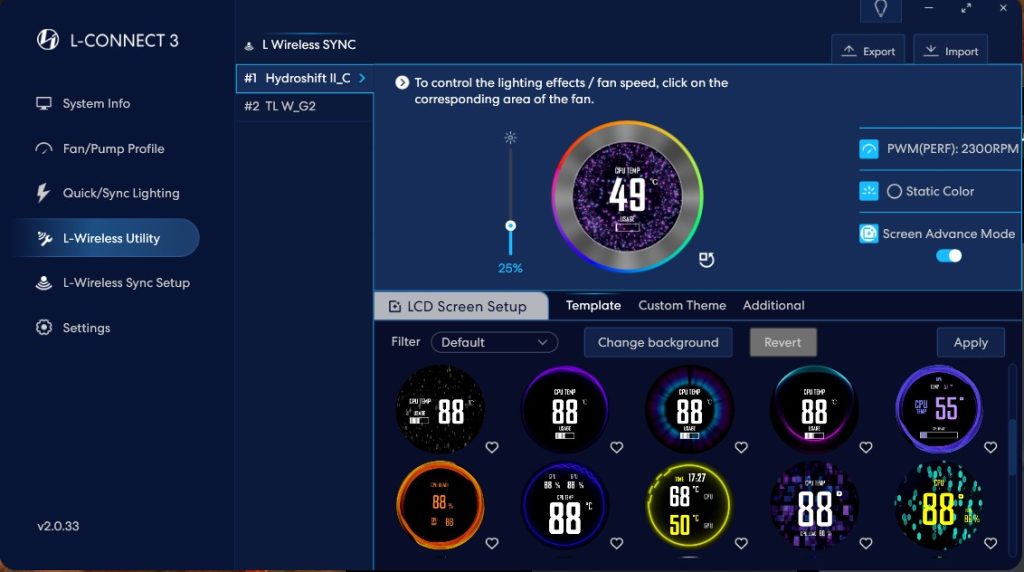
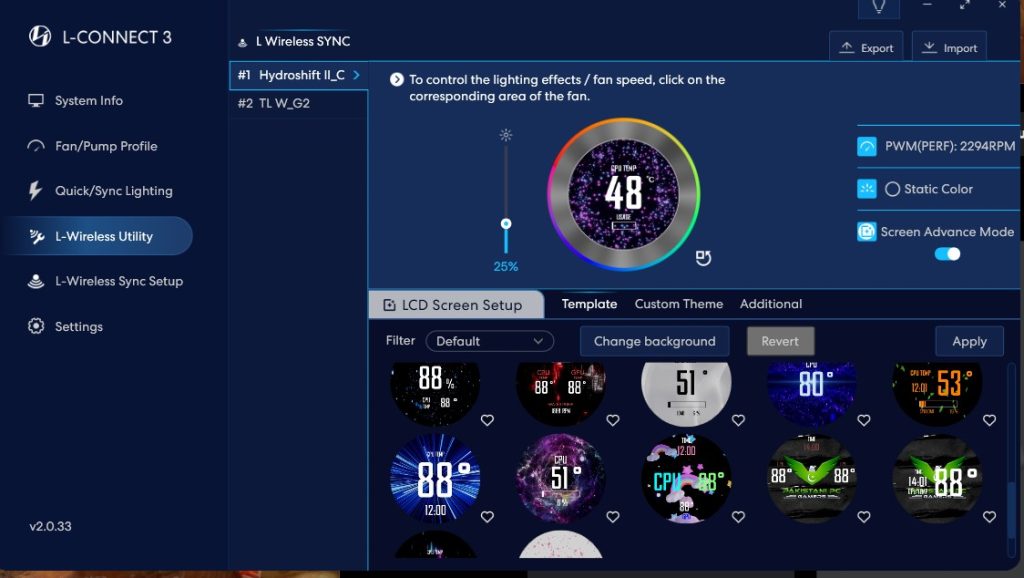
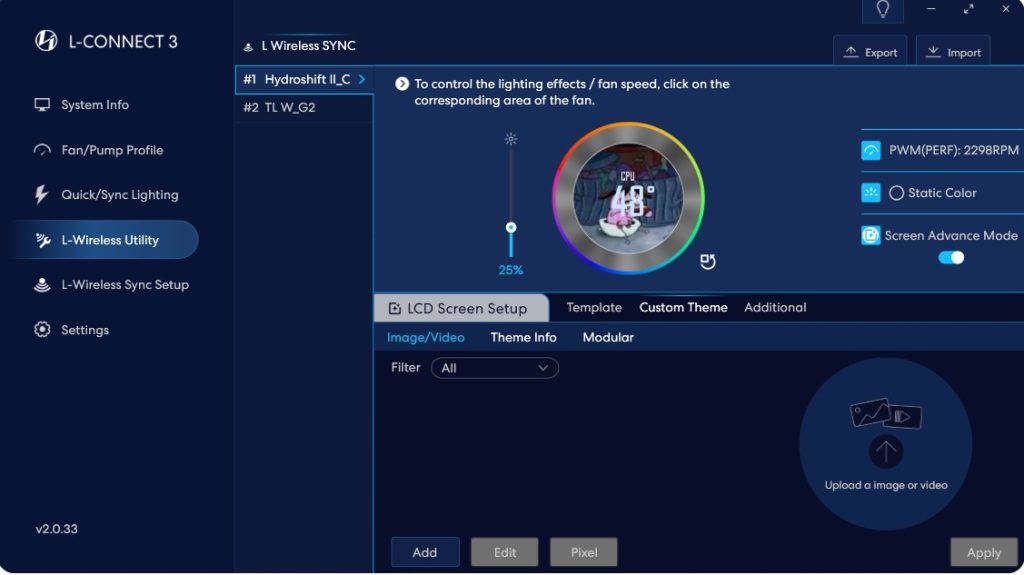
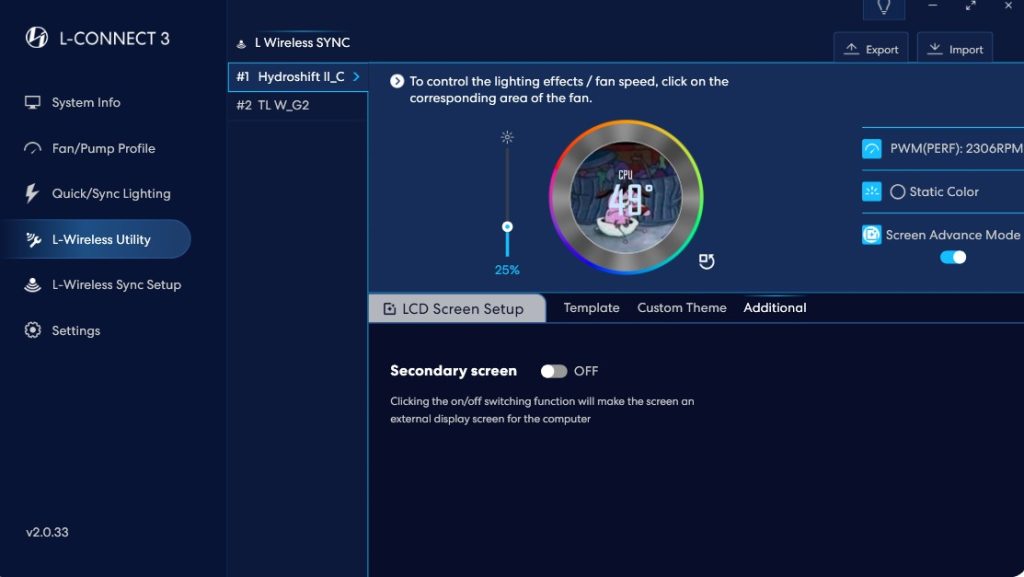

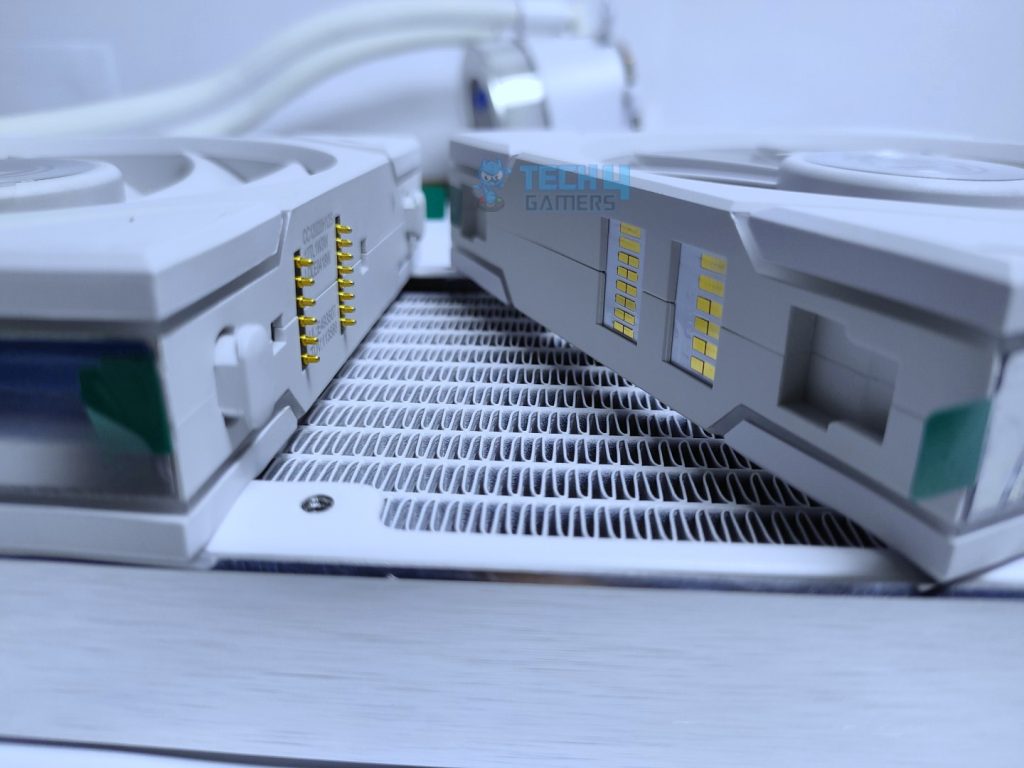
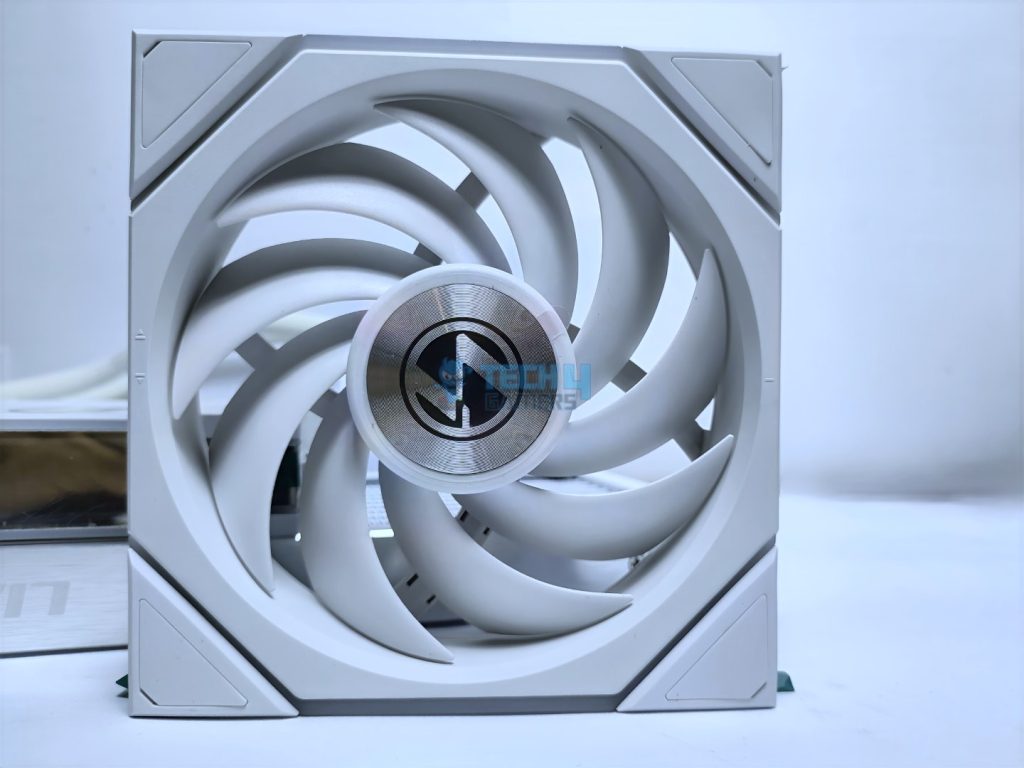
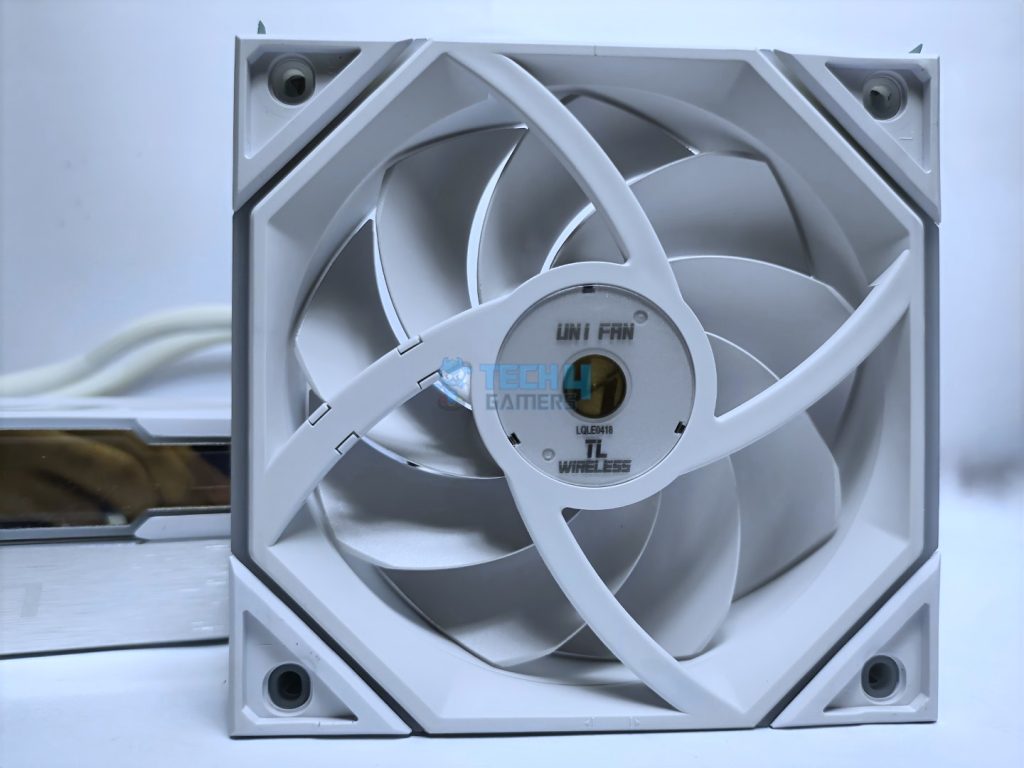
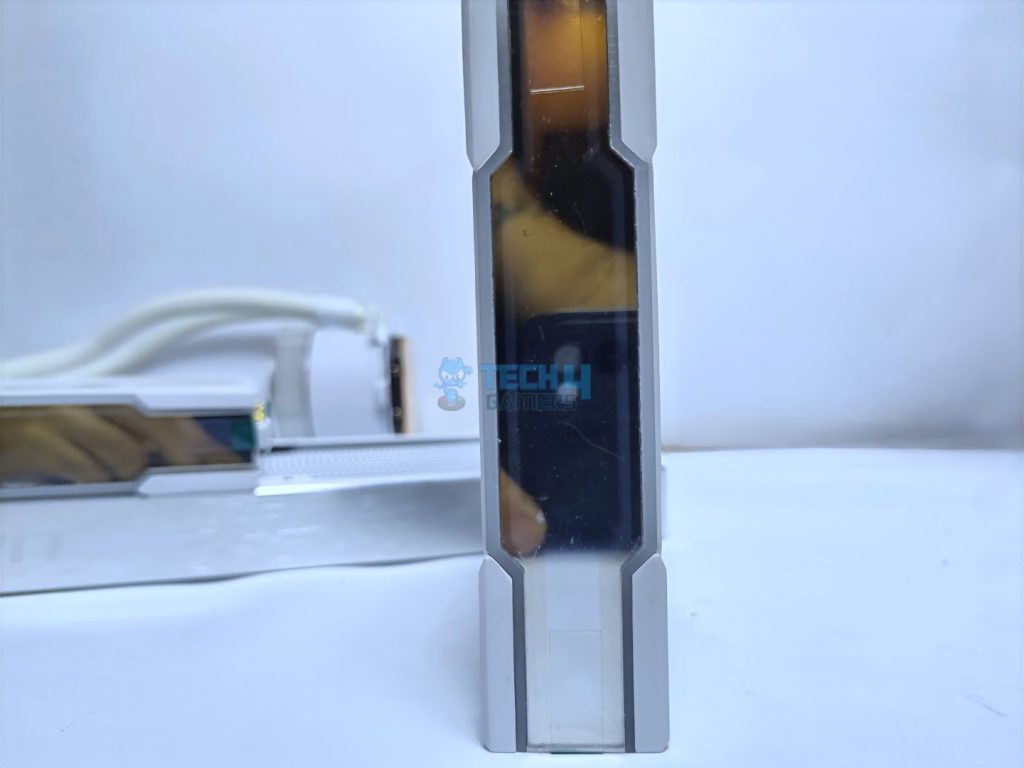

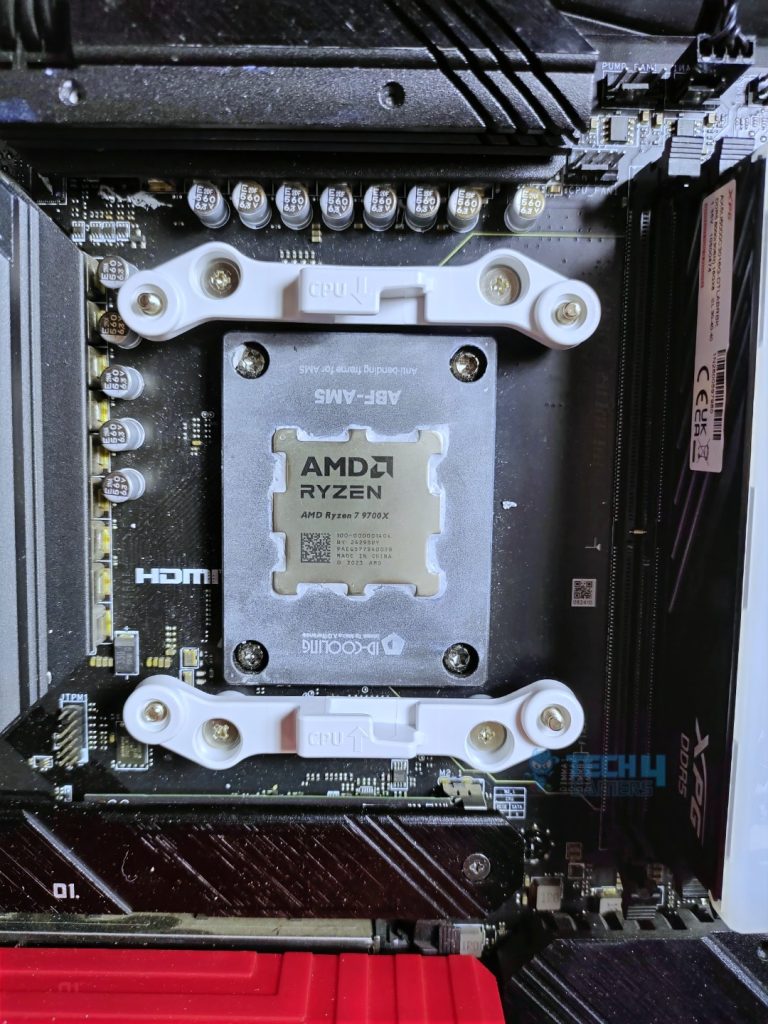
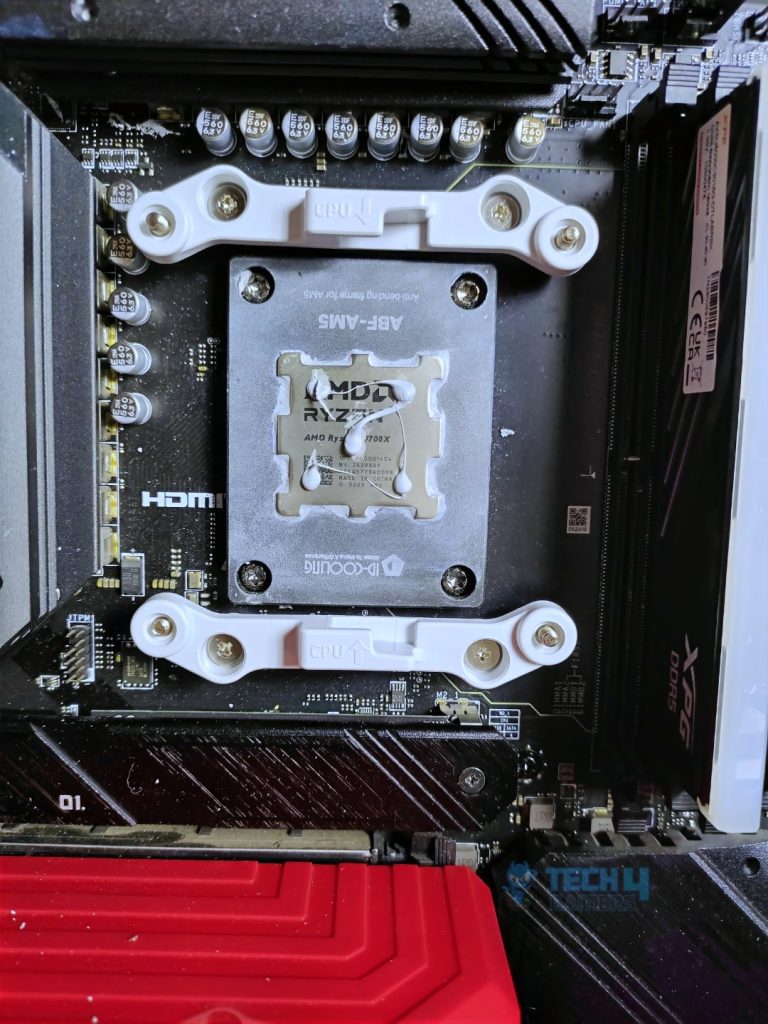
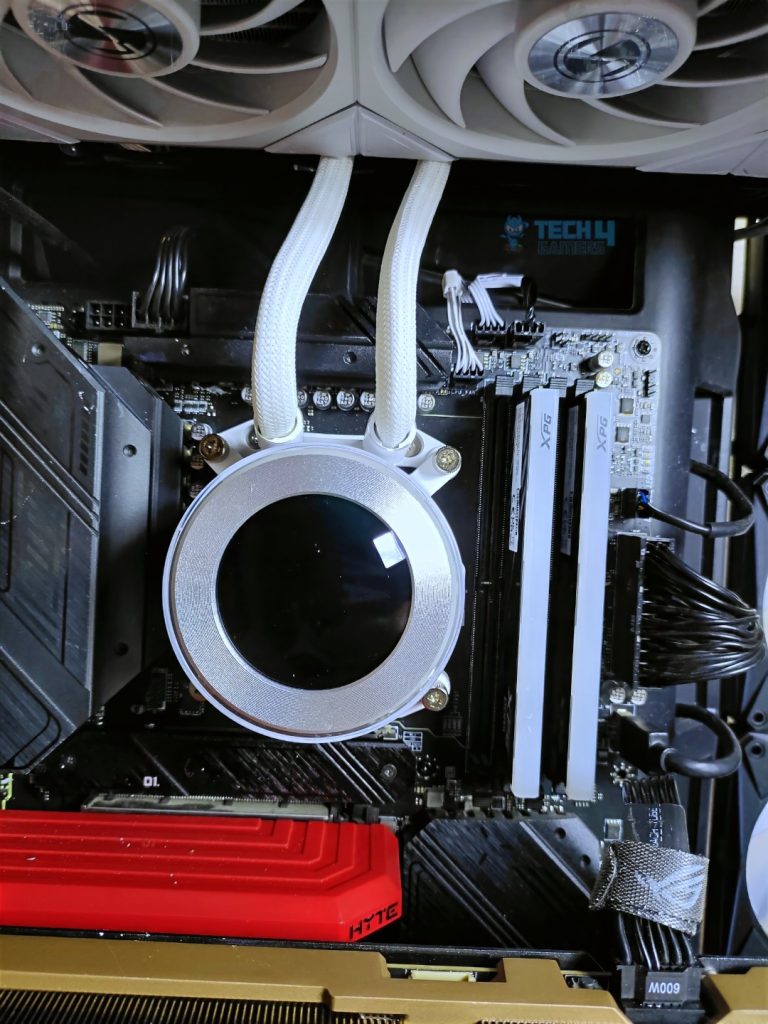

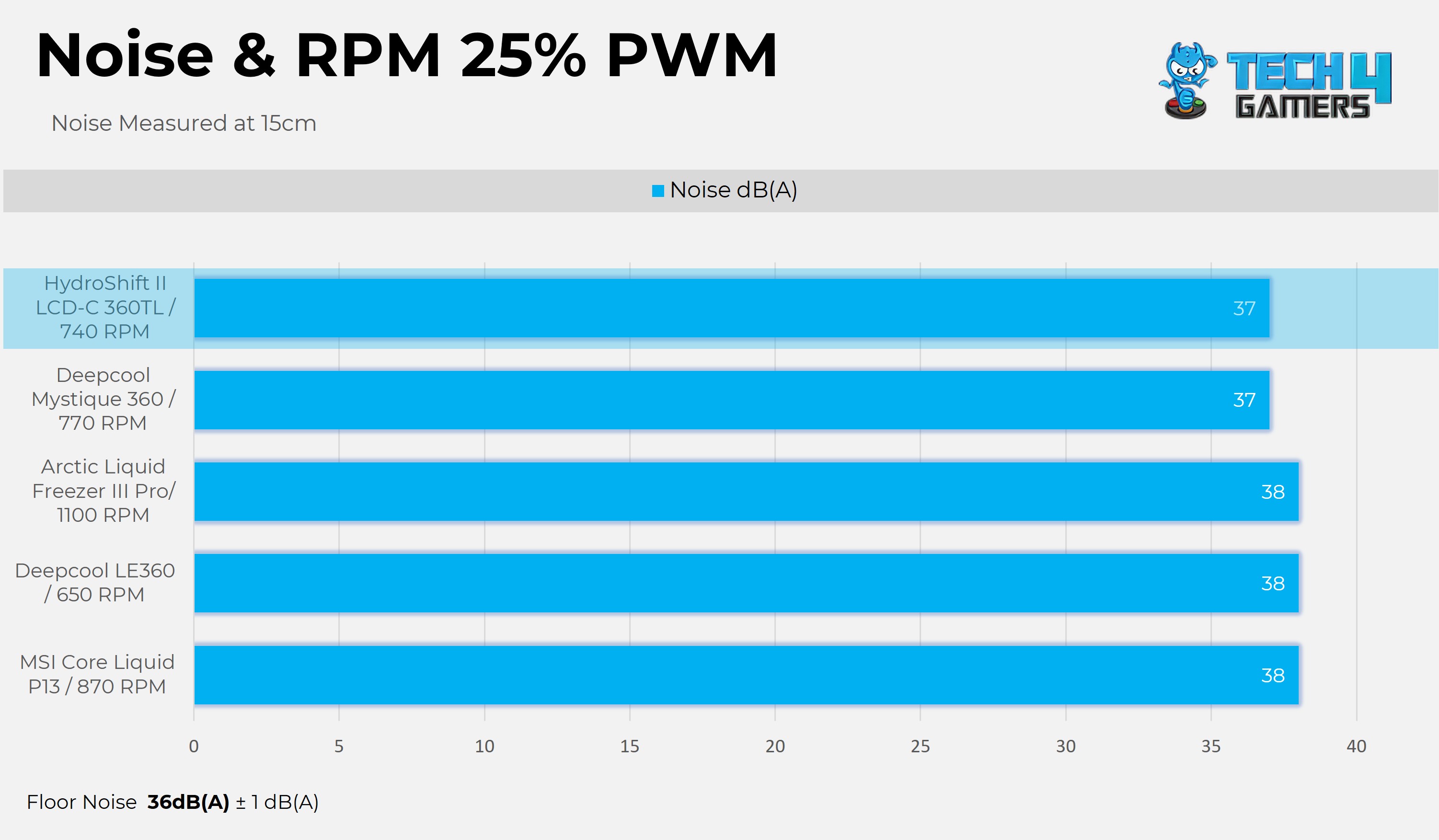
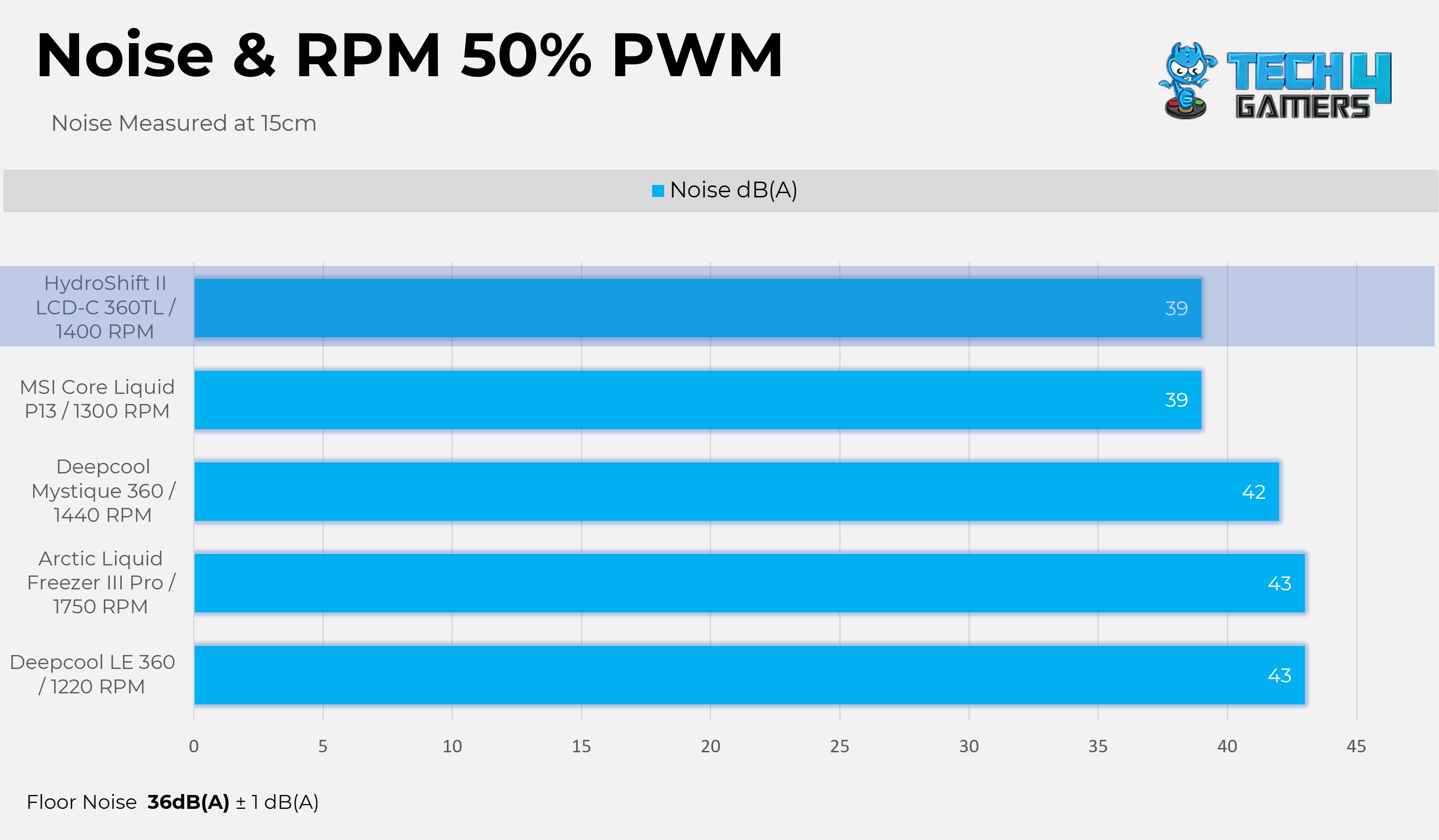
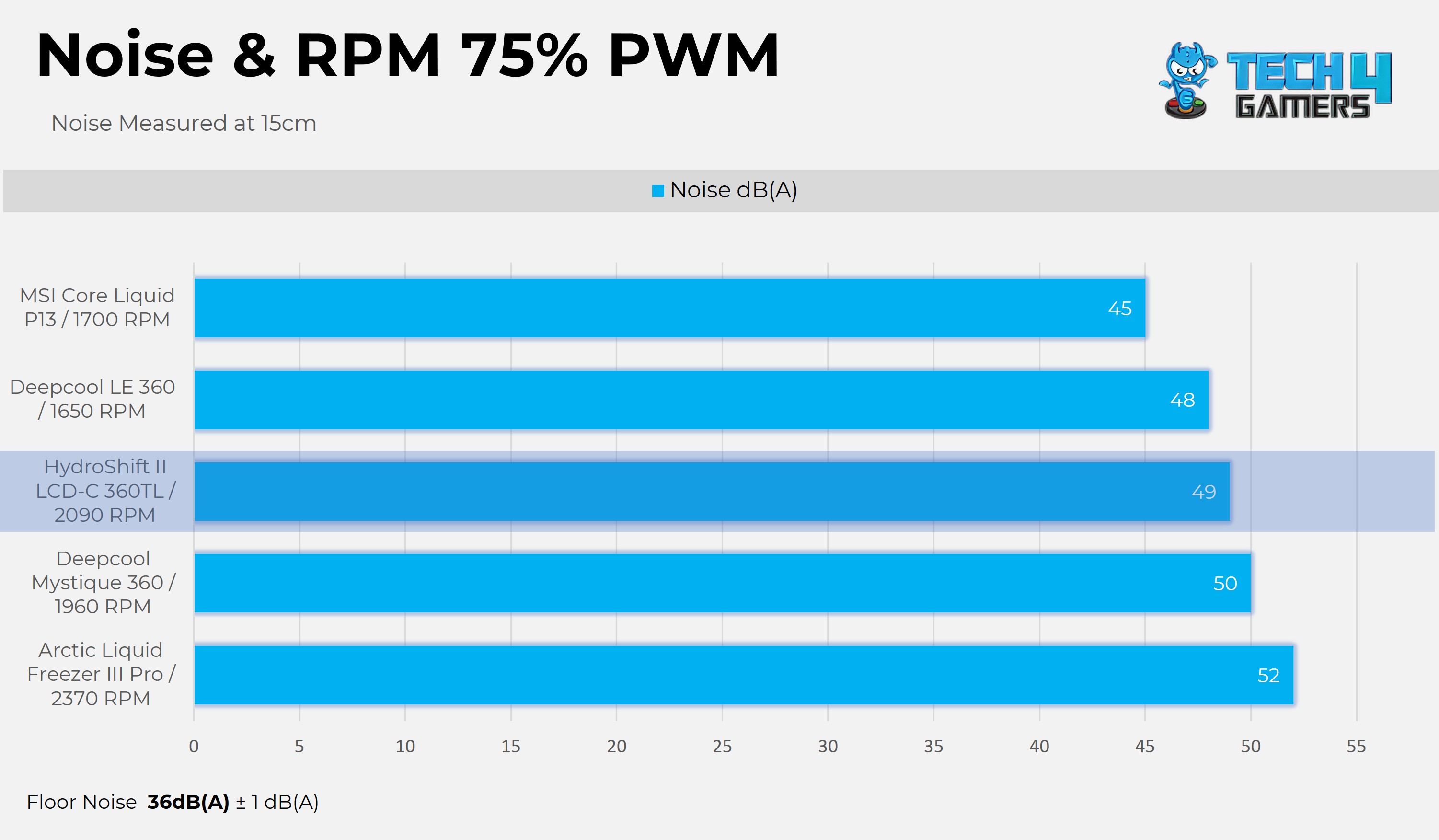
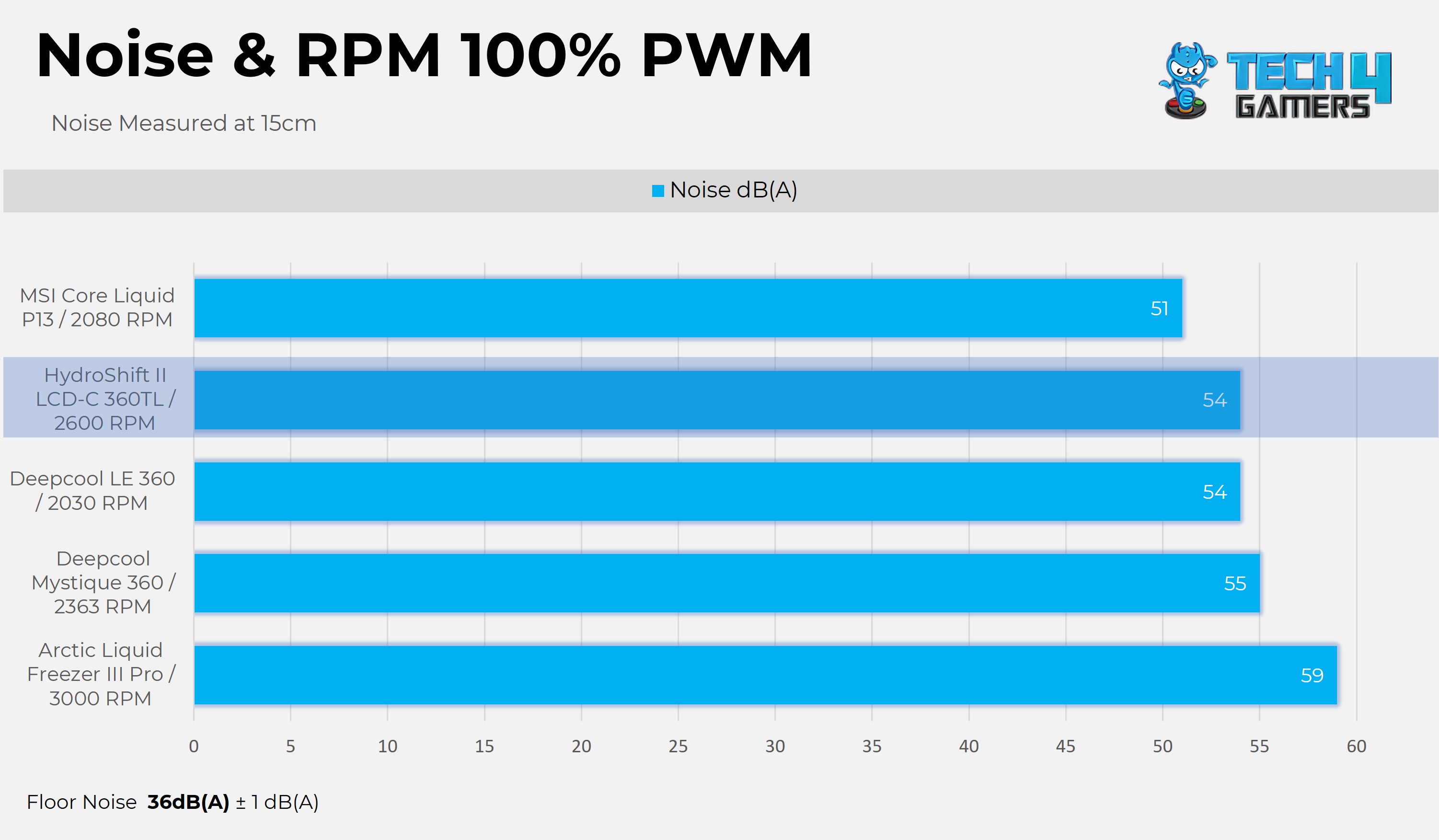


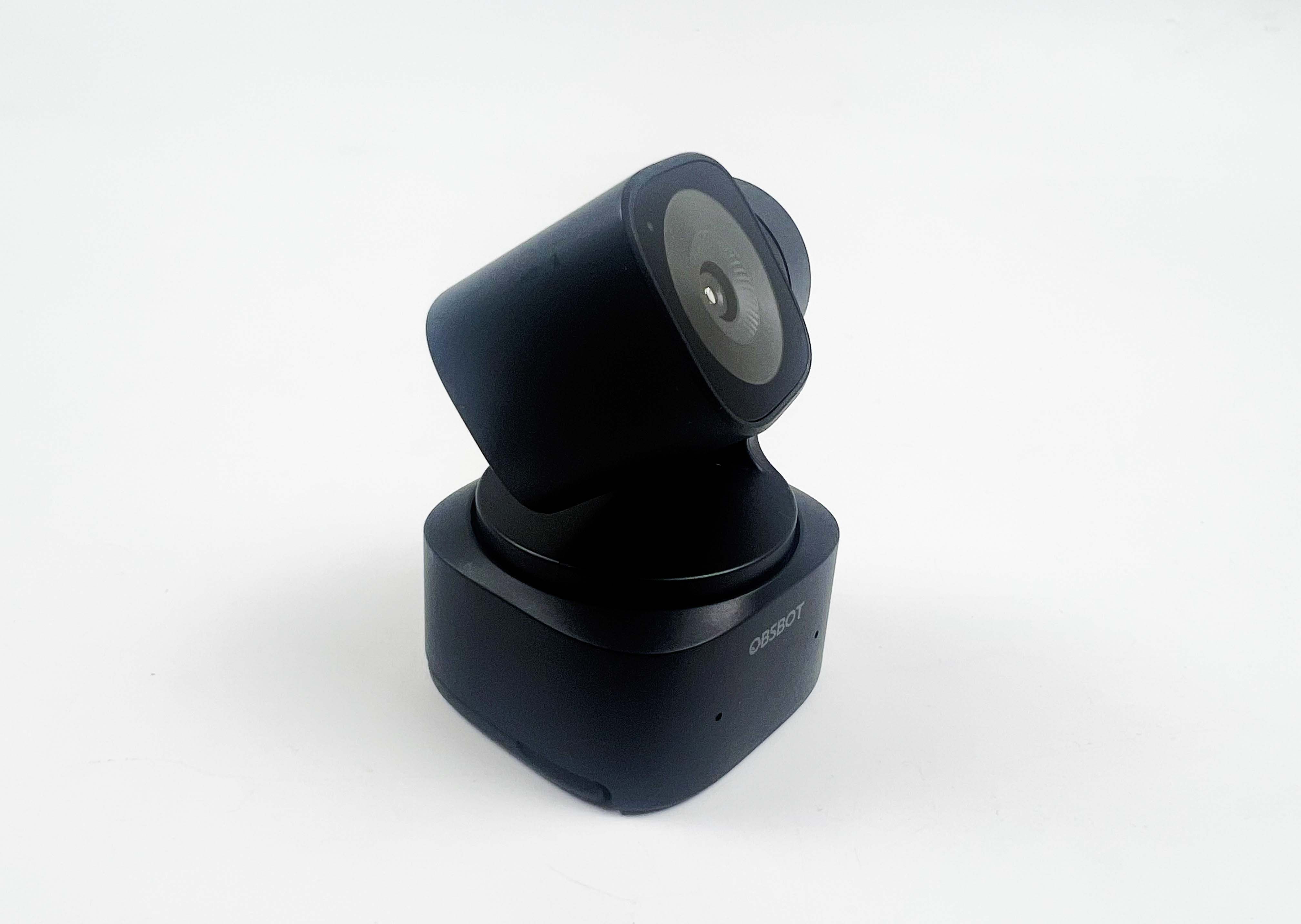
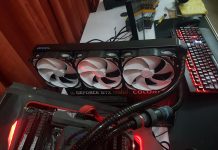
![BEST CPU Coolers For i5-13600K [Budget, RGB, 360mm] Best CPU Cooler For i5-13600K](https://tech4gamers.com/wp-content/uploads/2022/12/Best-CPU-Cooler-For-i5-13600K-218x150.jpg)